A well-chosen front porch railing frames architecture, safeguards family and visitors, and instantly nudges resale value upward. Designers tracking 2025 trends note a swing toward clean silhouettes, bolder materials, and multi-purpose details such as lighting or planters that earn their keep day-to-night. Experts also emphasize pairing any style with local code requirements—height, baluster spacing, and load ratings—before the first screw turns. With that in mind, the ideas below translate the latest looks into practical, budget-scalable inspiration you can adapt to a classic cottage or cutting-edge new build.
1. Timeless White Vinyl Front Porch Railings
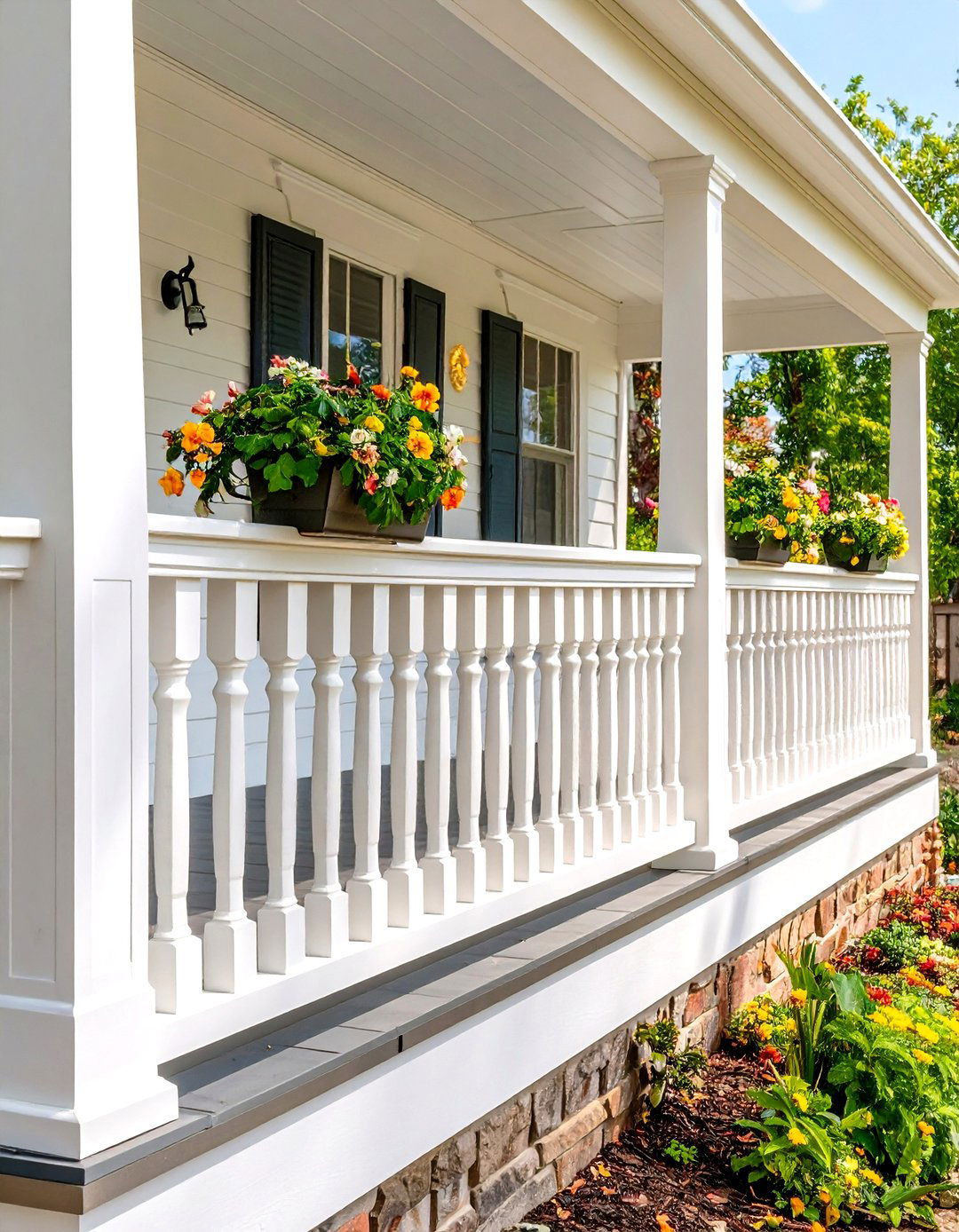
Across countless neighborhoods, a bright white vinyl front porch railing still reigns when you crave fuss-free polish. The UV-stable surface laughs at peeling paint, termites, and thunderstorms, so a quick soap-and-hose rinse is usually all the upkeep required. Swap chunky colonial caps for slimmer square balusters if you favor contemporary lines, or attach decorative post-skirts to honor a historic façade. Pre-routed posts keep balusters perfectly aligned and hide fasteners, eliminating rusty spots that often announce age. Because most vinyl kits carry engineer-stamped load data, they sail through inspections while delivering the crisp curb-appeal pop buyers recognize from blocks away.
2. Wood-and-Cable Fusion Front Porch Railings
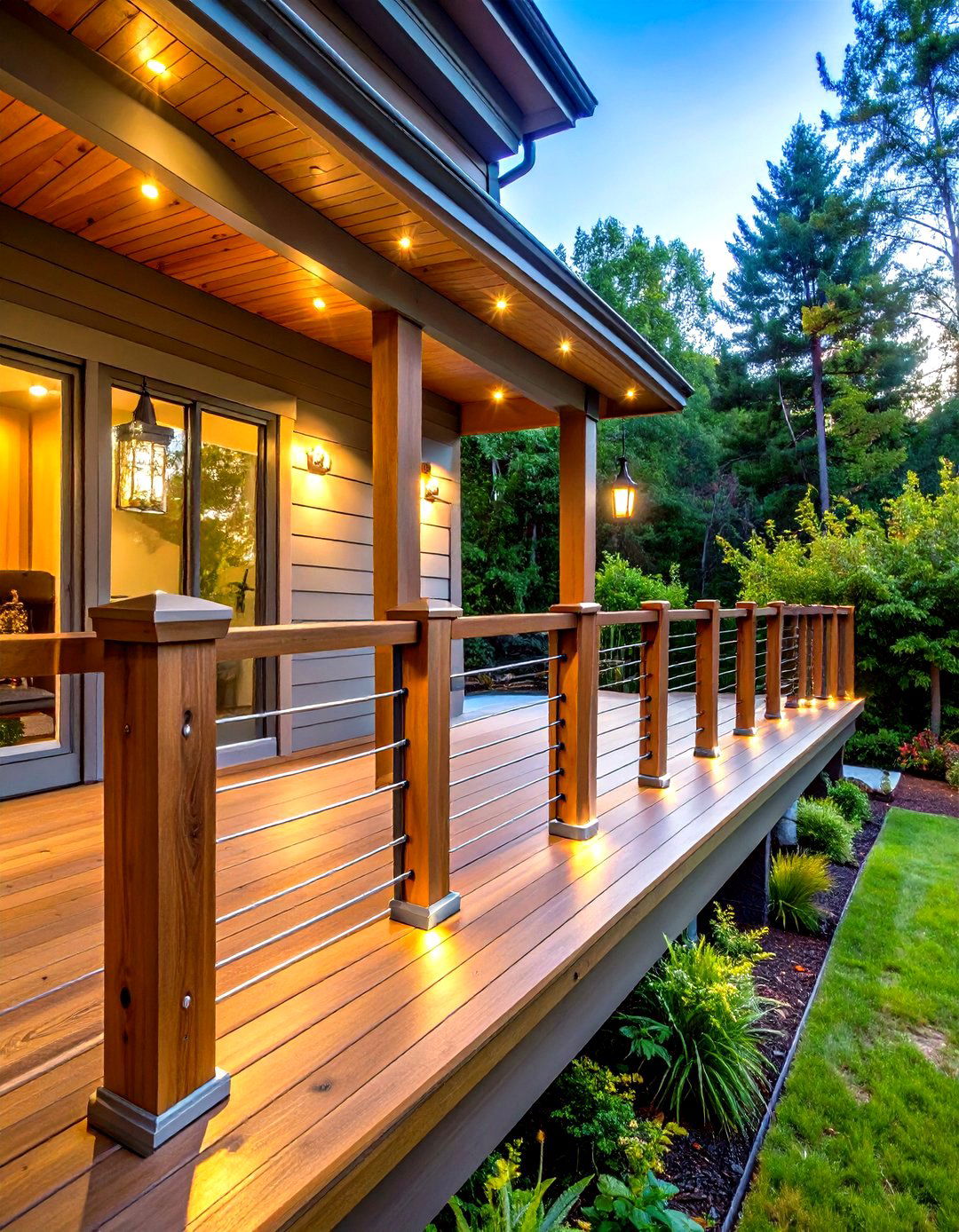
To showcase a view without surrendering warmth, many homeowners blend slim stainless-steel cable with cedar or pressure-treated posts. The tensioned cables virtually disappear from the street yet meet grasp and load codes when spaced correctly and anchored with hidden hardware. Choosing hardwood or factory-stained posts prevents discoloration around cable lugs, and an annual wipe with a rust-inhibiting cleaner keeps the shine. Consider routing low-voltage wiring through the post cores before installation so accent lights can wash the cables after dark. The result is a front porch railing that feels both high-tech and inviting—perfect beside wide modern windows or a timber-frame entry.
3. Ornate Wrought-Iron Scrollwork Railings

If your architecture calls for romance—think arched entryways or intricate columns—an iron scrollwork front porch railing supplies durable elegance. Powder-coated finishes resist chipping far longer than brush-on paint, and custom fabricators can echo door hardware or balcony motifs for a unified façade. When budgeting, remember that most of the cost lies in labor and pattern complexity; selecting repeating panels instead of unique pickets trims expenses without losing drama. Clear polyurethane applied every few years seals weld seams against hidden rust. Add solar-powered pedestal lights at each newel to turn the filigree into nighttime lacework that delights guests while guiding safe footing.
4. Rustic Split-Log Front Porch Railings

For cabins, lodges, or any home wrapped in natural textures, a split-log front porch railing echoes surrounding woodland and feels handcrafted even when bought as a kit. Peel back bark to reduce moisture pockets, then treat the logs with a borate solution before stain so insects move on. Reinforce joints with concealed threaded rod and epoxy to maintain strength without metal brackets cluttering the view. Applying a semi-transparent stain lets grain and knots show while matching the porch floorboards. Position heavier verticals at corners and light mid-rails between to stay within span limits yet preserve the storytelling character guests expect on a mountain retreat.
5. Transparent Glass-Panel Front Porch Railings
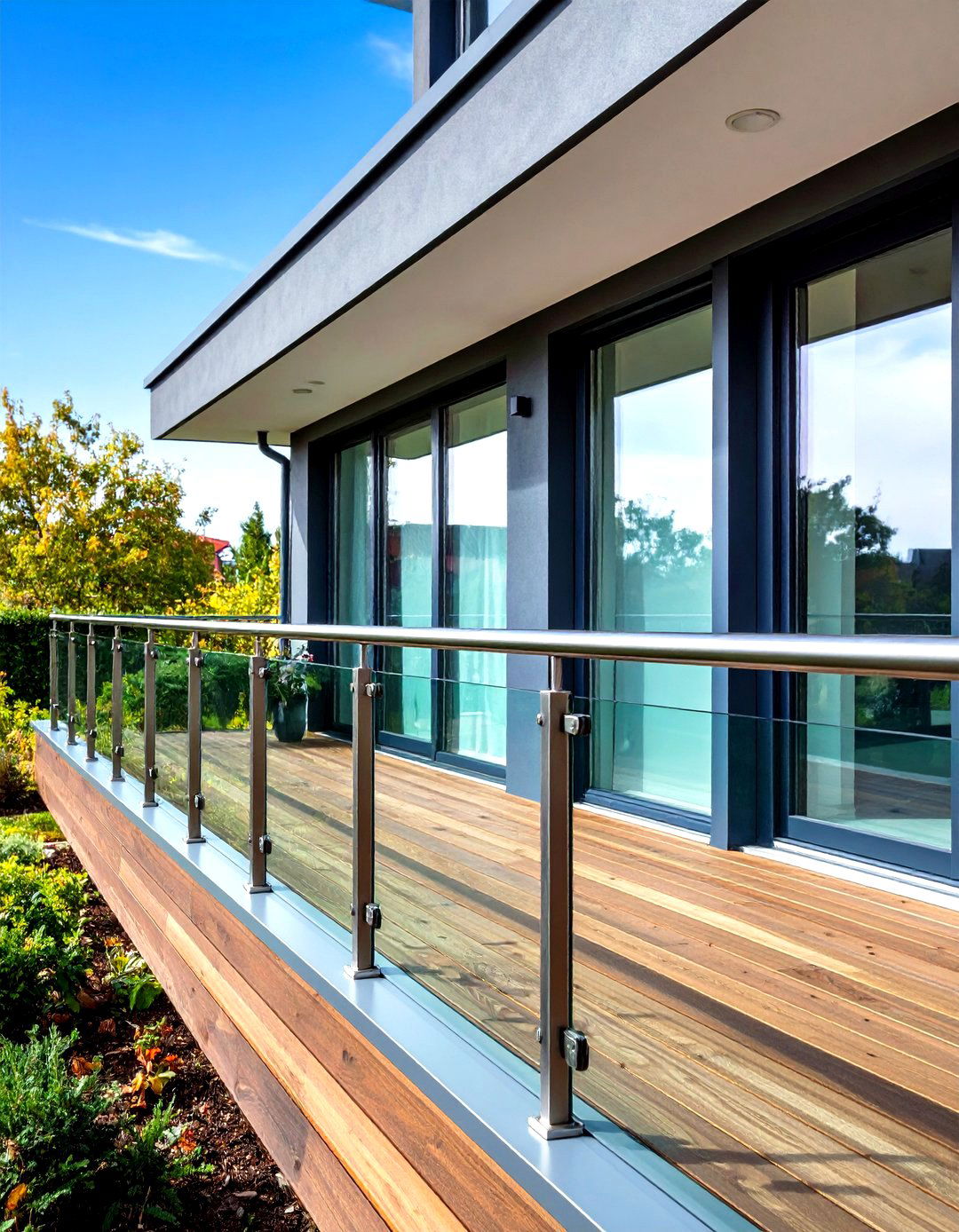
Homeowners overlooking water or city skylines favor tempered-glass panels that erase visual barriers while blocking wind and noise. Choose panels with polished edges and stainless standoff brackets to avoid distracting clips. A self-cleaning nano-coating minimizes fingerprints, and a subtle tint can knock down afternoon glare without obscuring the scene. Because glass adds weight, verify ledger capacity and use seismic-rated anchors if you live in earthquake regions. A slim aluminum cap rail protects the top edge and satisfies grasp requirements. Pairing clear panels with a monochrome door and minimal porch décor keeps attention where it belongs—on the panorama beyond your front steps.
6. Privacy-Boosting Lattice Front Porch Railings
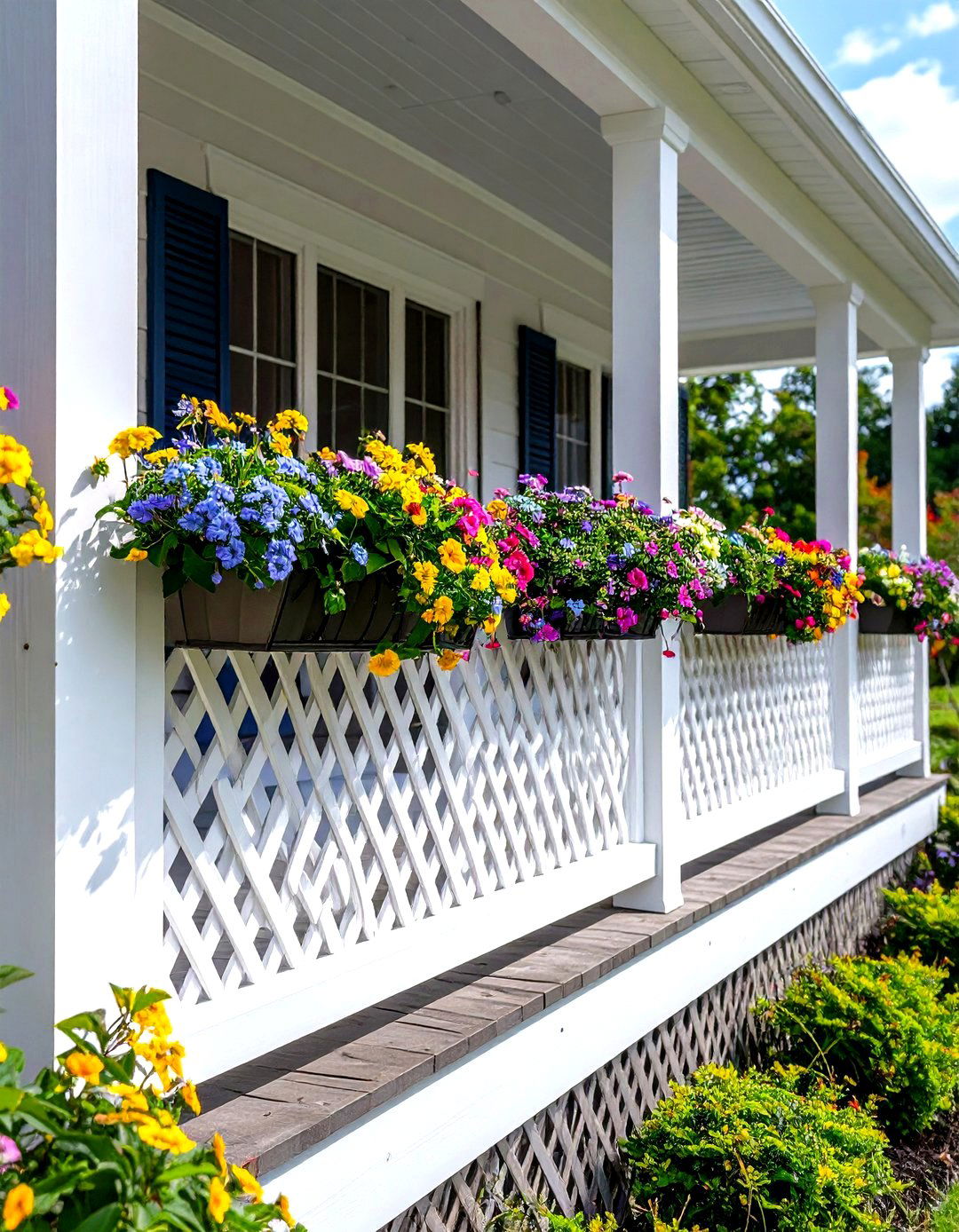
When street traffic sits only a few strides from your stoop, a front porch railing that integrates tight-weave lattice balances airflow with coveted seclusion. Vinyl or factory-primed wood lattice resists warping better than site-cut strips, and diagonal patterns hide slight installation inconsistencies. Offset the grid by one baluster width each section for rhythm, then paint the frame and lattice the same hue to avoid visual clutter. Tall planter boxes placed just inside the rail soften the screen with vines, letting green tendrils weave through openings for an organically evolving accent. Code inspectors often accept lattice as a guard if internal framing supports the same load as traditional pickets.
7. Built-In Planter Box Front Porch Railings
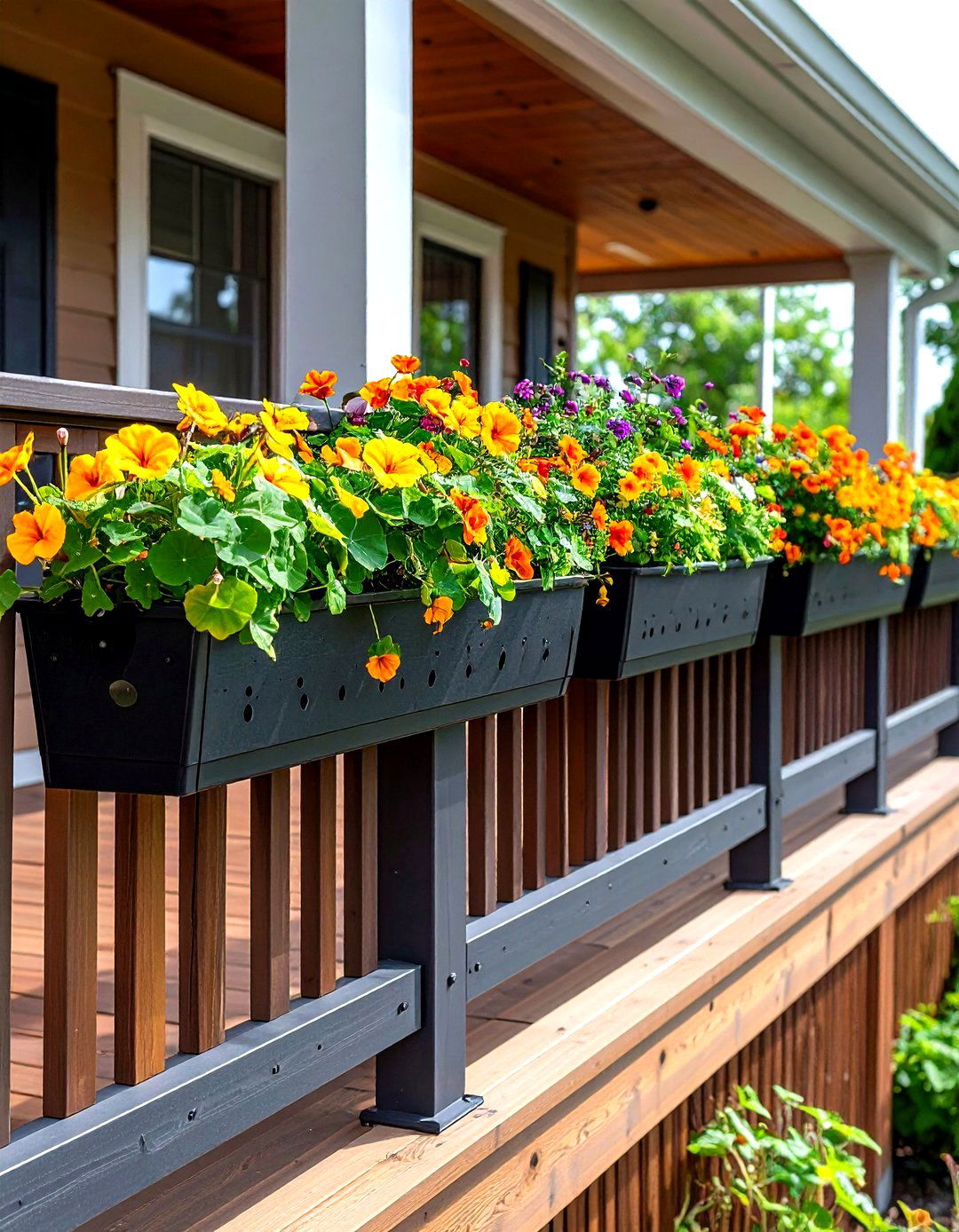
Combining a front porch railing with deep planter troughs produces color, fragrance, and an eye-level pollinator buffet. DIY tutorials show how to sandwich composite boards into a waterproof cradle that bolts between posts. Drill ¼-inch drainage holes every six inches and line the interior with landscape fabric before soil to prevent rot. Anchor the planter to the structural rail, not the decorative cap, so added weight won’t loosen fasteners. Imagine trailing nasturtiums spilling over white rails, or burgundy heuchera echoing a red front door—either way, the built-in box turns a safety requirement into living art.
8. Solar-Illuminated Front Porch Railings
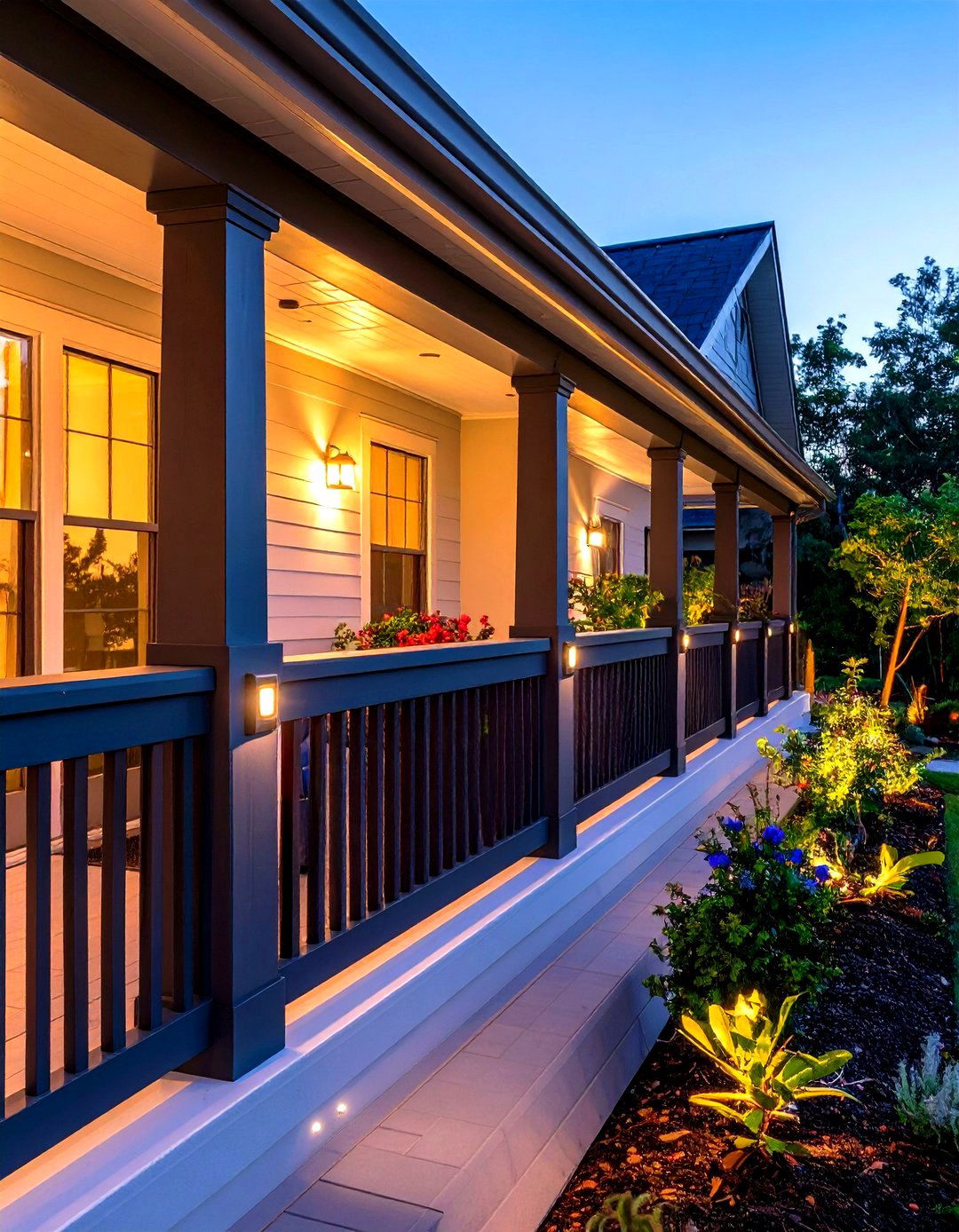
Surprisingly powerful micro-solar fixtures now tuck beneath top rails, washing steps in warm LED light for pennies a year. Retail bundles include pre-drilled stainless clips that snap over existing pickets without wiring. Mount panels on the sunniest post face, run the compact cables inside the hollow, and let dusk-to-dawn sensors handle the rest. Adding glow makes railing planes appear thicker and richer after dark, boosts safety, and accentuates seasonal décor. Choose fixtures rated IP65 or higher so wind-driven rain cannot short the circuitry, and wipe panels each spring to maintain charging efficiency.
9. Minimalist Horizontal Metal-Slat Railings
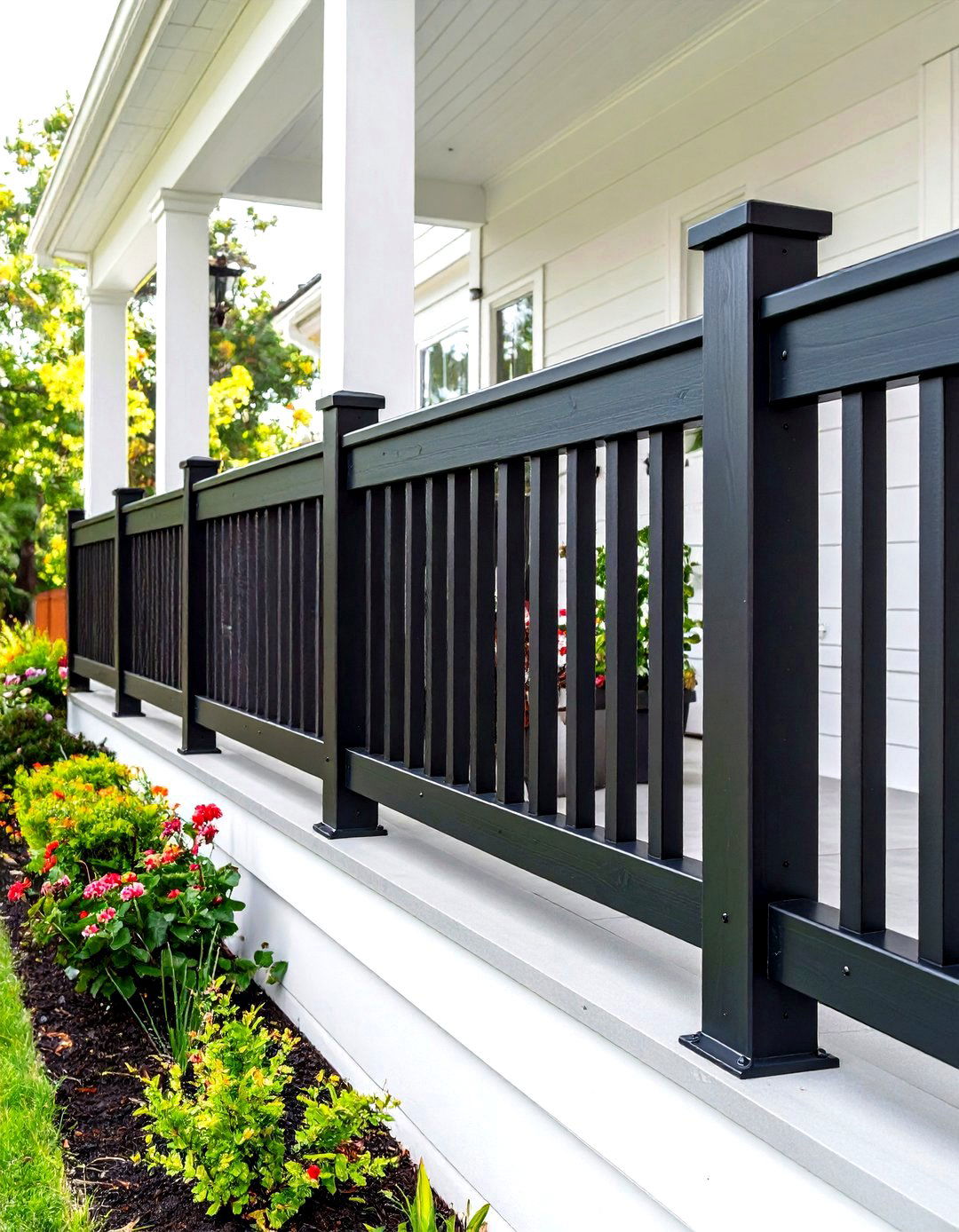
Homeowners chasing avant-garde vibes often choose matte-black horizontal steel slats spaced evenly along the porch edge. Factory-coated tubing shrugs off corrosion and aligns with window muntins on modern façades. Because horizontal members invite climbing, many regions require a 4-inch sphere test and a 36-inch minimum top height; using an intermediate glass or cable infill between the lowest two slats keeps the look while meeting code. A hidden-screw bracket system simplifies alignment, and rubber isolation pads silence metal-to-metal vibration in windy zones. Pair with oversized house numbers or a pivot front door to reinforce the architectural statement.
10. Mixed-Material Mosaic Railings
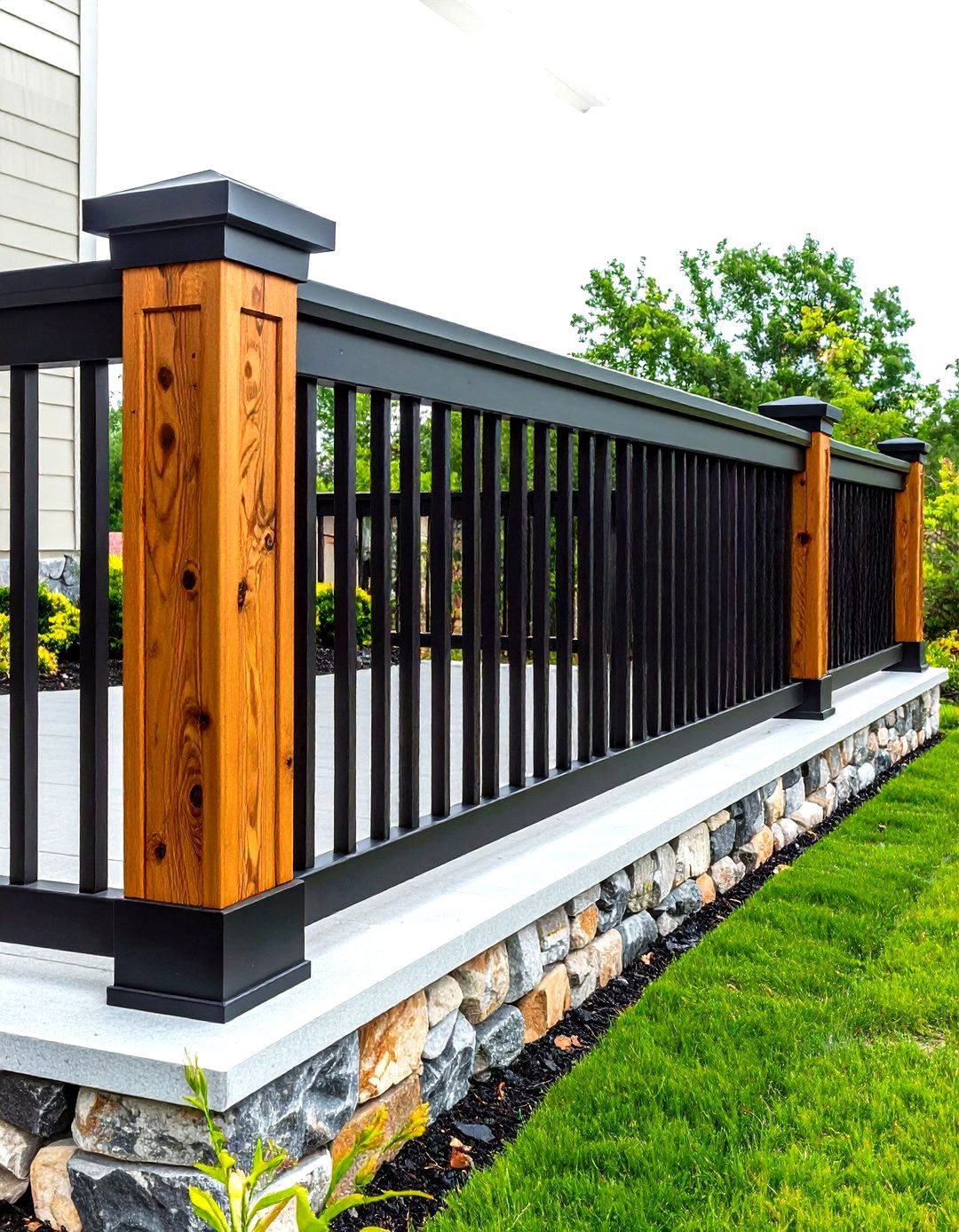
Unlike matchy-match exteriors of decades past, current curb-appeal playbooks praise mixing textures—think cedar top rail, black steel pickets, and river-stone post bases in one cohesive front porch railing. The key is repetition: carry the stone color into planter trim or echo steel in light-fixture finishes so the composition feels deliberate. Because different materials expand at distinct rates, isolate wood-to-metal interfaces with neoprene gaskets, and choose stainless screws coated for pressure-treated lumber. A clear spar-varnish topcoat on cedar twice a year minimizes weather checking yet keeps its honey warmth. The mosaic approach lets you refresh just one component down the road without redoing the full rail.
11. Heritage Chippendale Pattern Railings
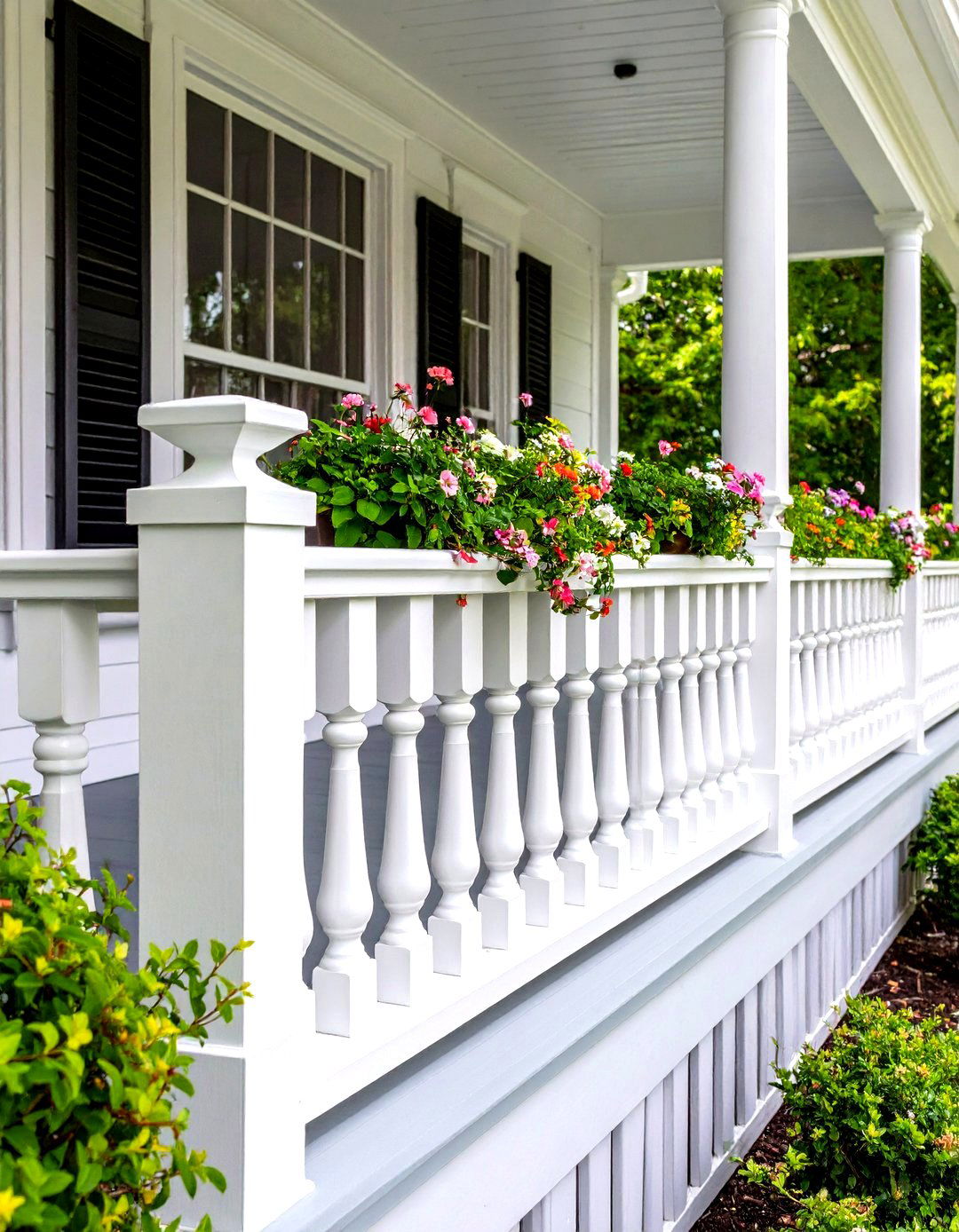
The iconic fretwork once gracing stately plantations still charms modern porches when executed in rot-resistant PVC or cypress. The repeating “Chinese lattice” geometry draws eye movement and casts captivating shadows at sunset. Because thin diagonal members handle less load, mount each decorative panel inside a beefier rectangular frame attached to structural posts. Paint crisp white for colonial authenticity or a muted gray-green to nod at Asian roots. Most kits arrive in modular sections that screw together on sawhorses before hoisting, reducing installation time. With the right primer, paint holds for years, making this front porch railing an heirloom upgrade rather than a trend.
12. X-Cross Farmhouse Front Porch Railings
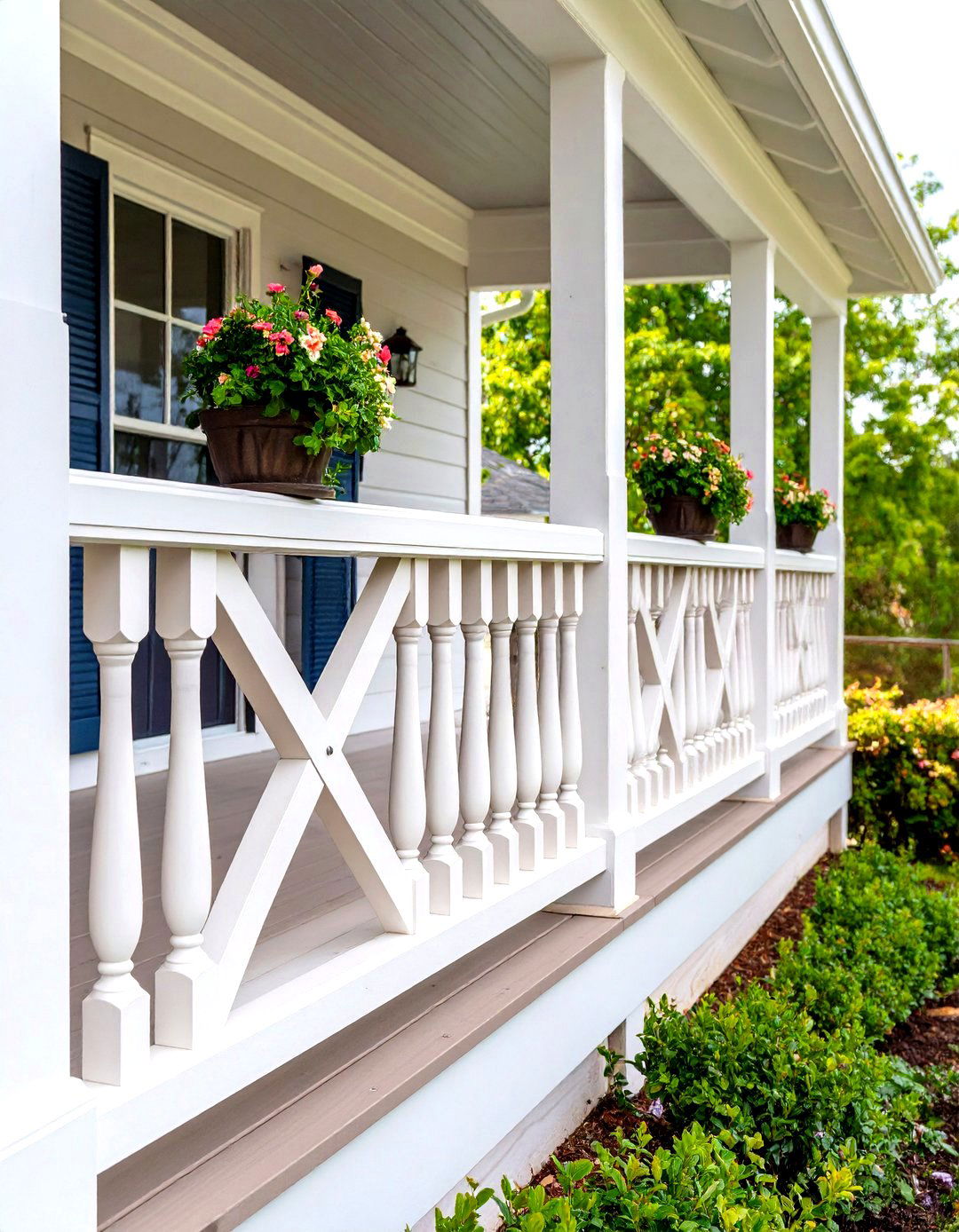
The simple X-brace, found on barn doors and rural fencing, scales beautifully into front porch railings that radiate laid-back welcome. Diagonals stiffen the frame, so builders can use fewer vertical pickets and still exceed load requirements, trimming costs. Apply a two-tone finish—soft white rails and natural-stain X inserts—for contrast, or go monochrome black against white board-and-batten siding for modern-farmhouse flair. To prevent water traps at the X center, use a hidden biscuit joint and slope the bottom cut slightly to shed rain. Add an oversized gooseneck light and a wooden porch swing, and guests will swear sweet tea is moments away.
13. Live-Edge Timber Front Porch Railings

Live-edge slabs celebrate wavy bark lines and knots, turning a front porch railing into organic sculpture. Mill shops can resaw one thick board into mirrored halves, yielding a top and bottom rail whose edges align like book pages. Because each slab is unique, dry-fit posts before drilling to preserve natural contours. Seal both ends with penetrating epoxy to stop checking, then topcoat with marine-grade oil that highlights figure without plastic sheen. Pair the timber with understated black metal balusters to spotlight grain, or let clear glass infill float between for dramatic negative space. This style suits woodland settings and contemporary homes seeking tactile warmth.
14. Low-Maintenance Composite Front Porch Railings

Composite rails blend recycled wood fibers with plastic resins, creating a front porch railing that resists rot, splitting, and fading while diverting waste from landfills. Manufacturers back color stability with multidecade warranties—one leading brand promises 25 years against stain or fade. Boards cut like softwood but require hidden fastener clips that allow seasonal movement. Choose a hue that contrasts the porch floor for definition, or push trends with sleek black-on-black to mirror window frames. A gentle dish-soap wash each spring restores the matte finish without sanding or stripping, saving weekends for relaxation rather than upkeep.
15. Boldly Painted Color-Pop Railings
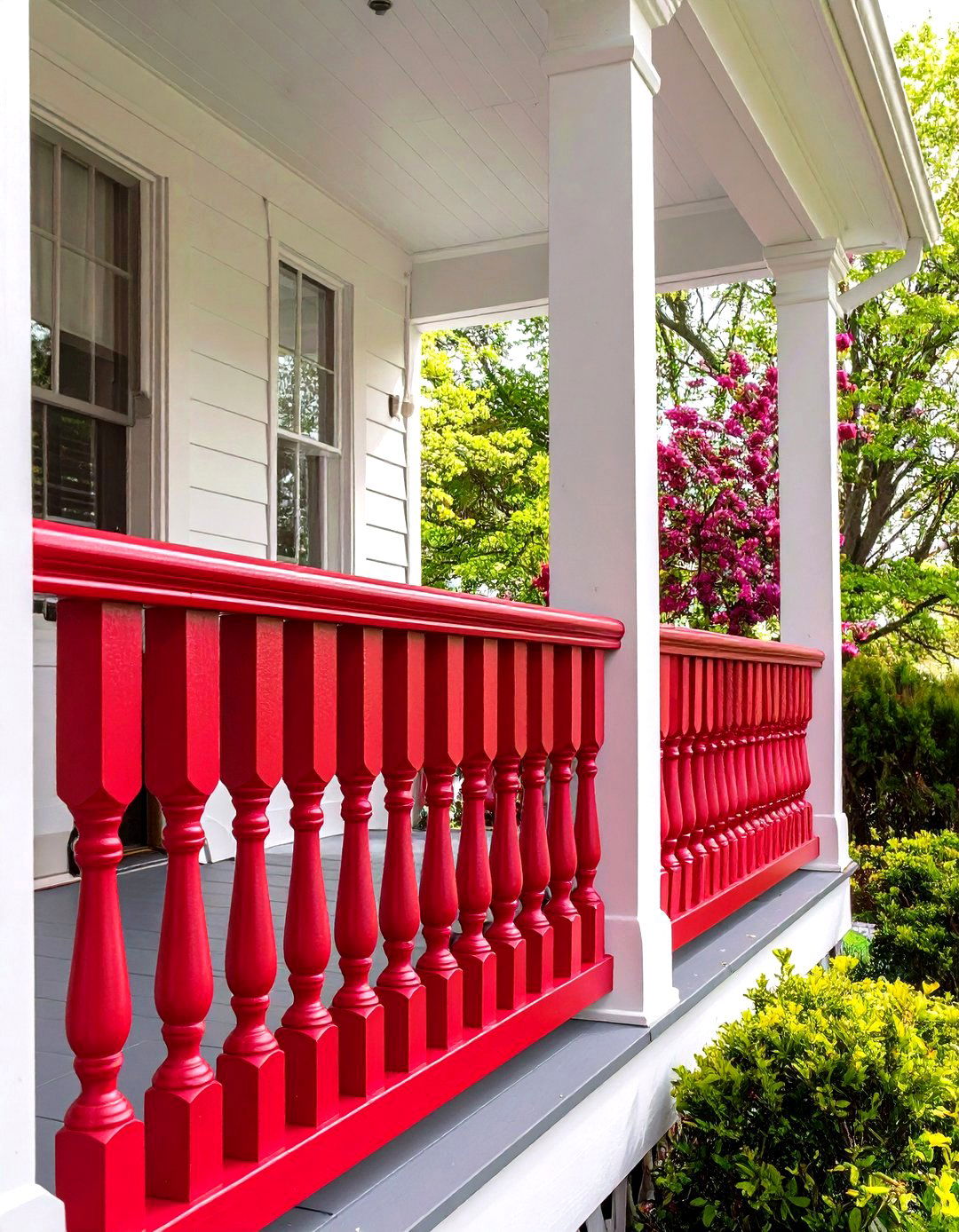
Sometimes the fastest curb-appeal upgrade is a can of fearless paint. A cherry-red, cobalt-blue, or sunny-yellow front porch railing becomes an instant mood setter and accentuates a neutral façade. Use exterior-grade primer followed by two thin coats of 100 percent acrylic for longevity. Mask balusters with high-tack tape and roll the flat areas, then finish details with a sash brush for crisp lines. Because bright pigments fade quicker, a UV-blocking clear coat extends vibrancy. Balance the statement by echoing the railing color in a planter or door mat, and keep surrounding décor restrained so the hue claims center stage rather than visual chaos.
16. Railings with Integrated Bench Seating

Blending a guard with seating maximizes small porches and encourages lingering conversations. A 16- to 18-inch-deep cedar or composite bench built inside the top rail doubles as extra dining space or a shoe-tie perch. Secure seat joists to structural posts, not balusters, and include drainage slots so puddles never form. Cushions made of marine-vinyl foam repel dew and dry fast after summer storms. Finish the underside with vertical slats that echo the main railing pattern so the addition feels original, not appended. By merging furnishing with safety, you free square footage without sacrificing personality or compliance.
17. Artistic Curved Metal Front Porch Railings
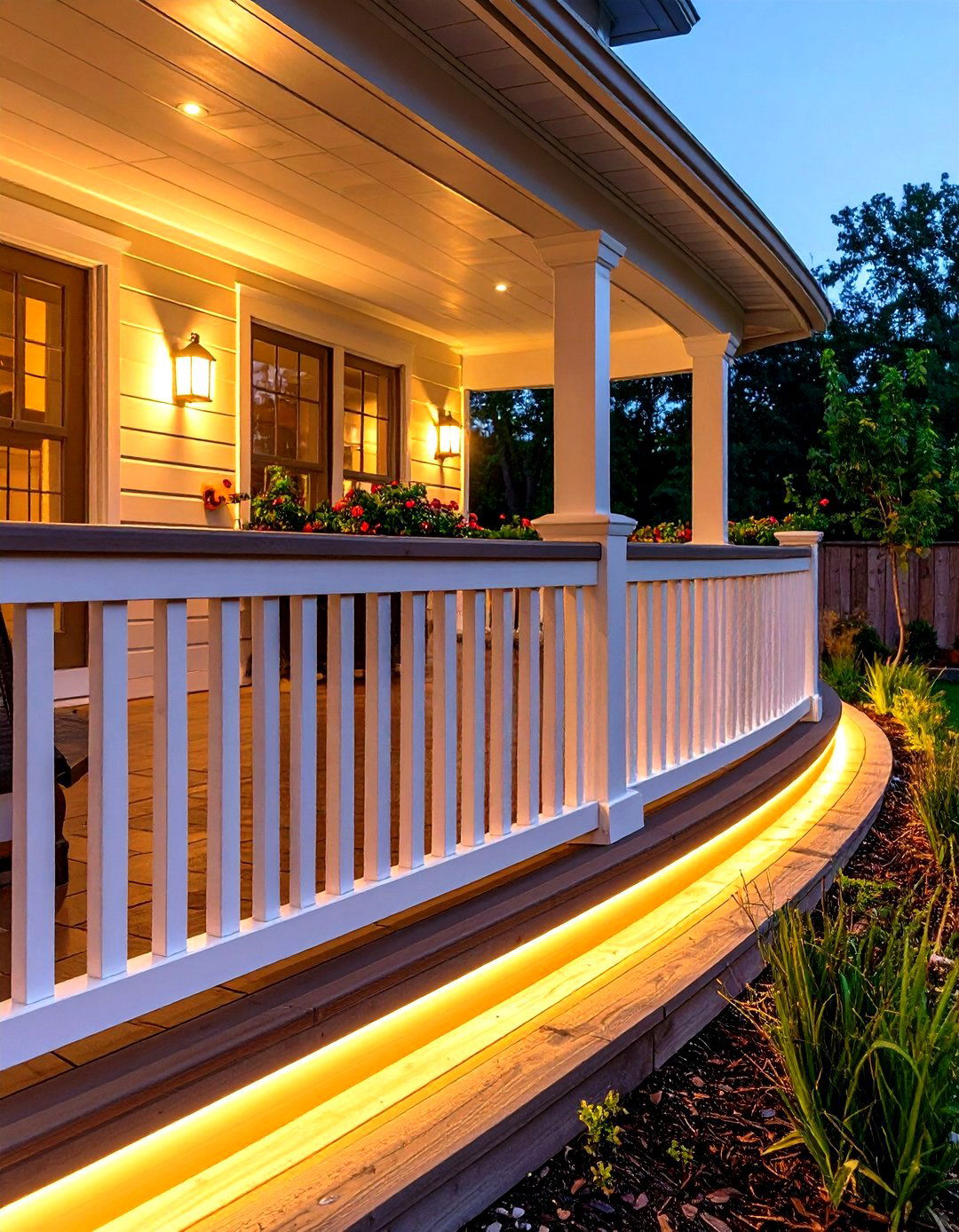
Sweeping curves break from porch-edge straight lines and introduce movement reminiscent of garden paths or coastal waves. Custom shops bend aluminum or steel tubing on rollers, then powder-coat to resist salt or snow. Flowing rails pair well with rounded entry stairs or an arched transom, visually knitting elevations together. Because curves can create wide baluster gaps, request CAD drawings that overlay code-mandated sphere tests before fabrication. LED strip lighting hidden beneath the outside curve throws dramatic shadows across decking at night, morphing the railing into a kinetic light sculpture and elevating even modest silhouettes.
18. Industrial Pipe-Style Front Porch Railings
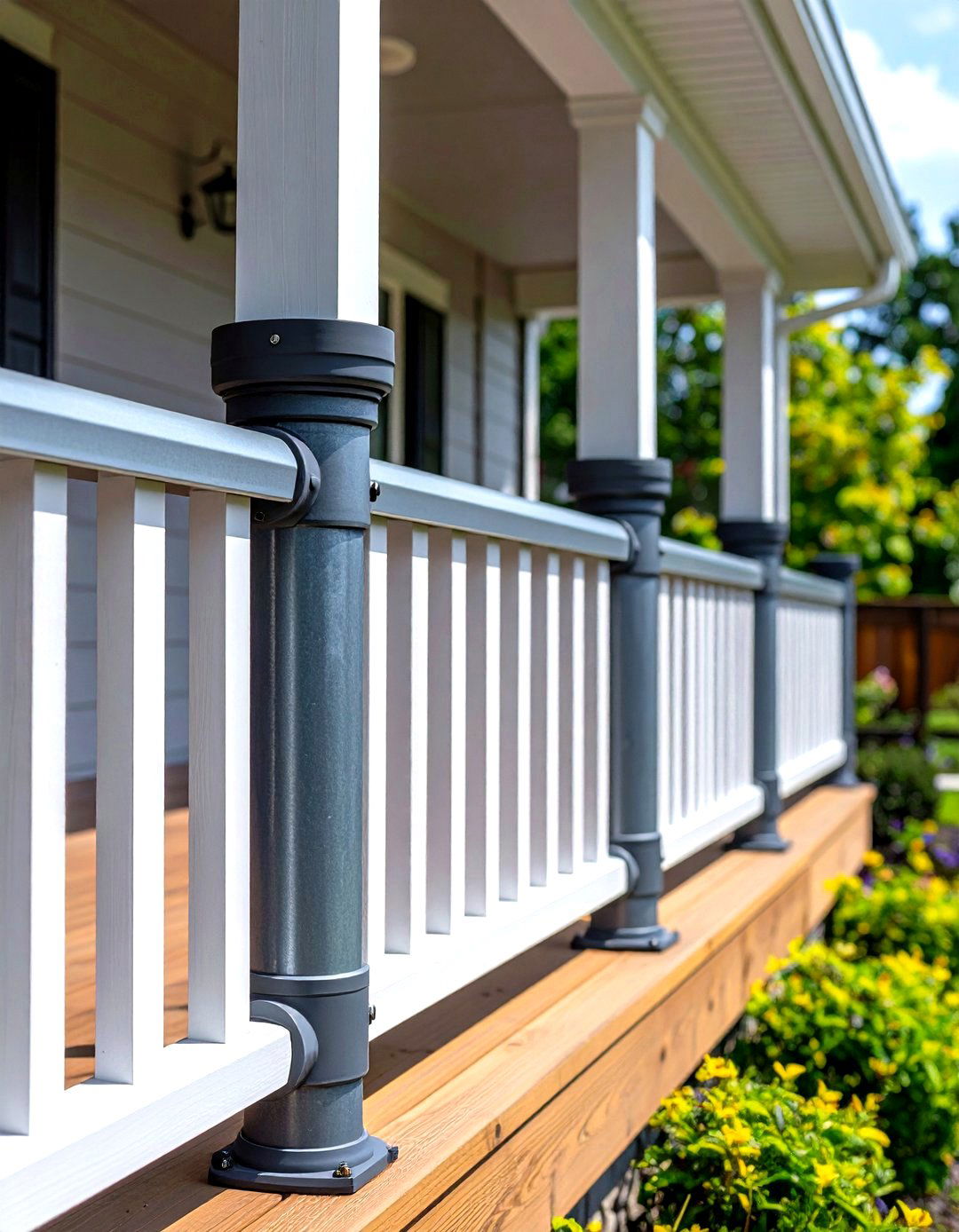
Galvanized-steel pipe conjures urban lofts and century-old warehouses, yet it adapts brilliantly to porches craving grit and character. Modular fittings let DIYers build custom lengths using only an Allen wrench, perfect for odd-angle steps or asymmetrical landings. Apply a clear matte sealer to freeze the factory zinc patina, or paint pipes jet black to echo wrought-iron fixtures. End caps protect curious fingers from raw threads, and rubber washers under floor flanges hush vibrations in high wind. The result is a front porch railing that feels purposeful, sturdy, and refreshingly honest about its materials.
19. Child-Safe Vertical Picket Railings
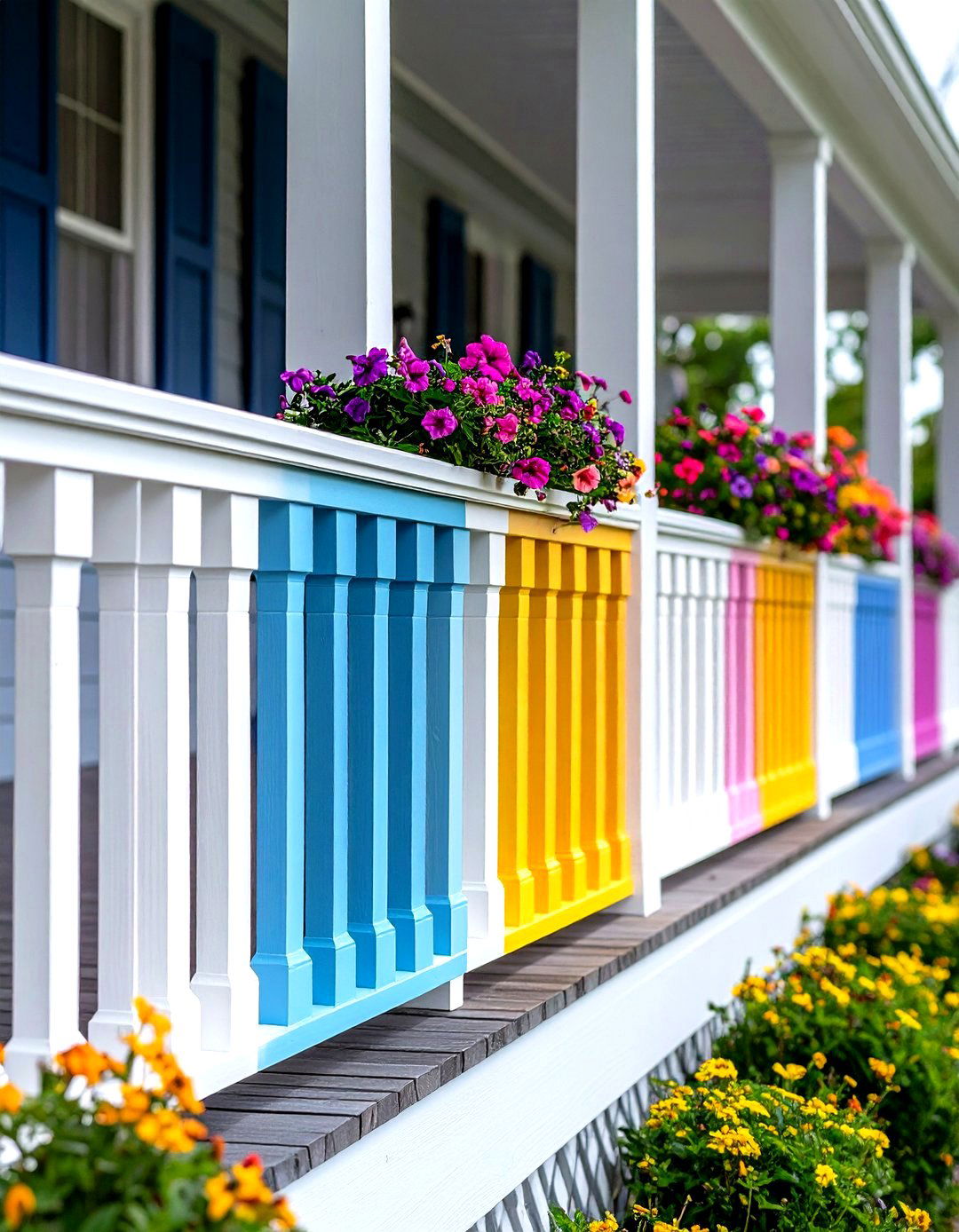
When toddlers and pets rule the porch, a classic vertical-picket front porch railing remains the most fail-safe choice. Codes generally require gaps under four inches and top rails at least 36 inches high; following those numbers reduces climb-and-tumble risk. Opt for square pickets instead of turned spindles if sweeping with a rag must be quick, and notch the bottom rail for hidden drainage so water never rests against wood fibers. Finish with chew-safe, low-VOC paint if little hands and paws explore surfaces. These practical tweaks prove “sensible” can still look sharp, especially when picket profiles echo window mullions.
20. Code-Compliant View-Max Cable Railings
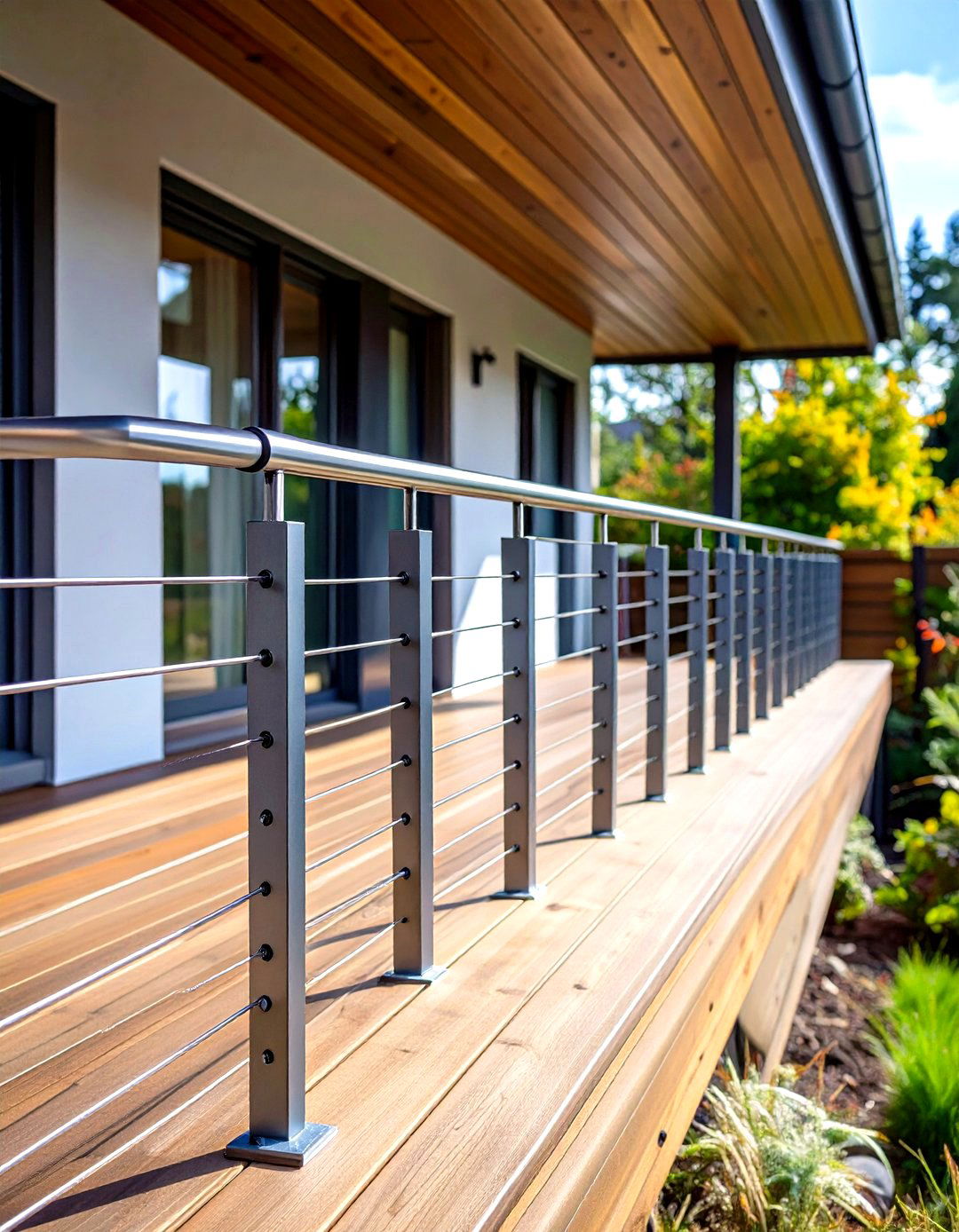
Minimalist lovers sometimes push for railing systems made solely of stainless cable and slender posts, anxious to erase every visual barrier between porch and horizon. Kits rated for 3,000-pound pull strength now make that dream feasible and pass inspection when tensioned to spec. Use marine-grade 316 stainless in coastal climates, and install mid-span cable braces every 24 inches to curb deflection under a child’s foot. A slim matching handrail caps the system to satisfy grasp rules without blocking the panorama. Seasonal retensioning with a simple Allen key keeps vibration down and view up—proof safety need not compromise spectacle.
Conclusion:
Whether you lean traditional or contemporary, each idea above proves a front porch railing can multitask as guardian, design statement, and amenity. Low-maintenance composites, solar lighting, built-in planters, or timber artistry all elevate first impressions while respecting regional codes and climate demands. Matching materials or color accents to doors, lights, and landscaping unifies the façade, and thoughtful construction touches—hidden fasteners, drainage slots, UV-stable finishes—safeguard long-term performance. With inspiration in hand, measure twice, check local regulations once more, and craft the railing that welcomes neighbors today while weathering decades of stories tomorrow.


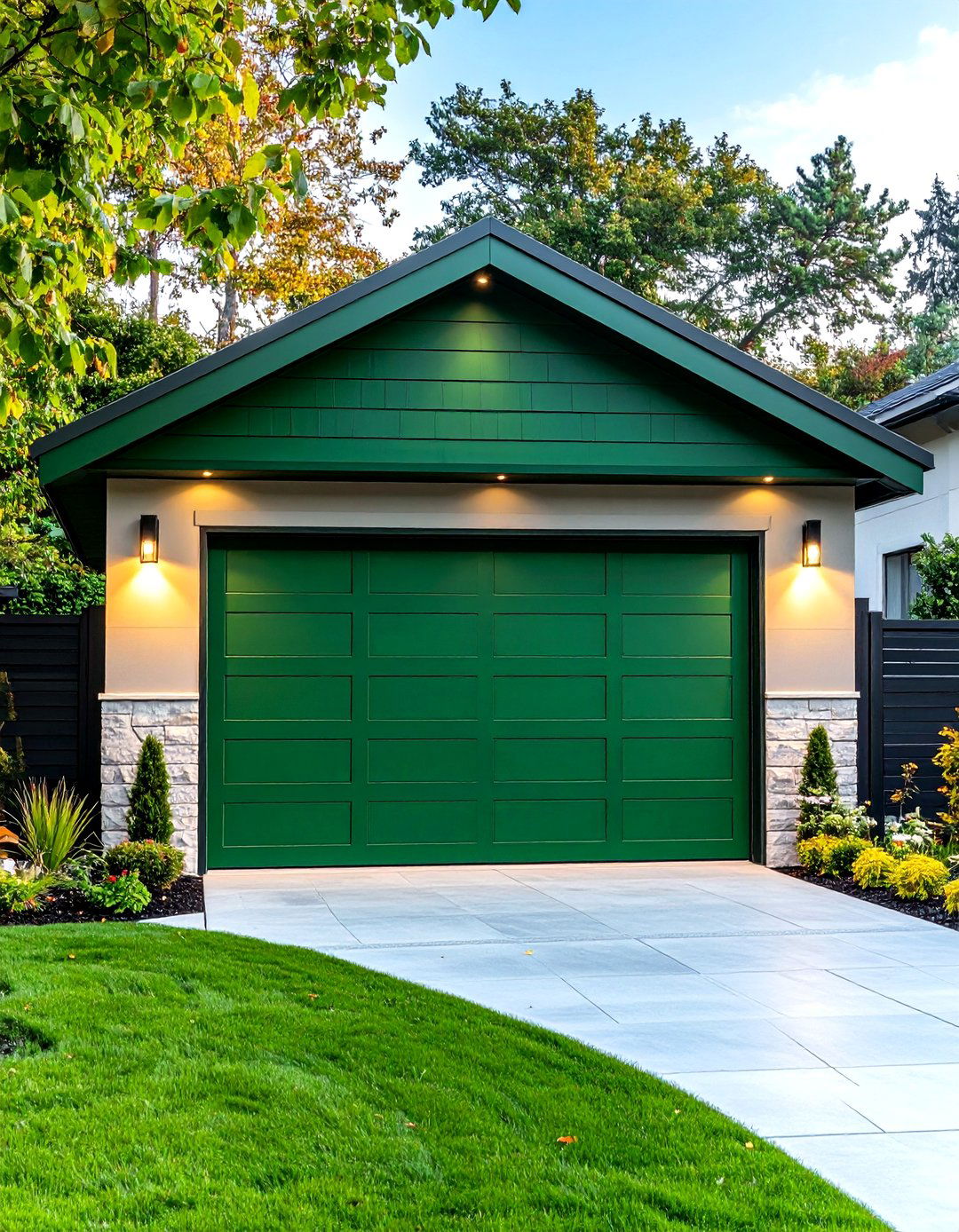
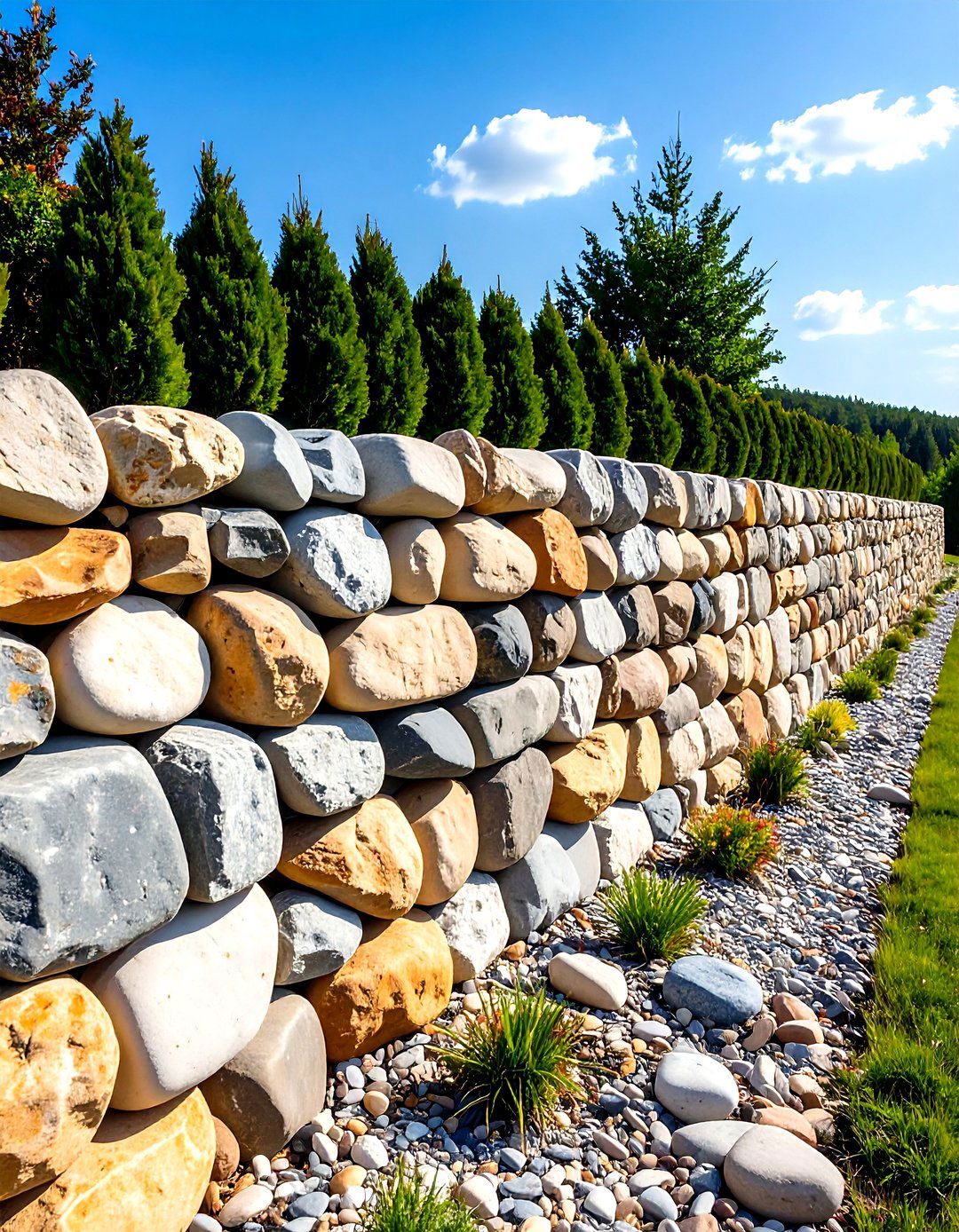
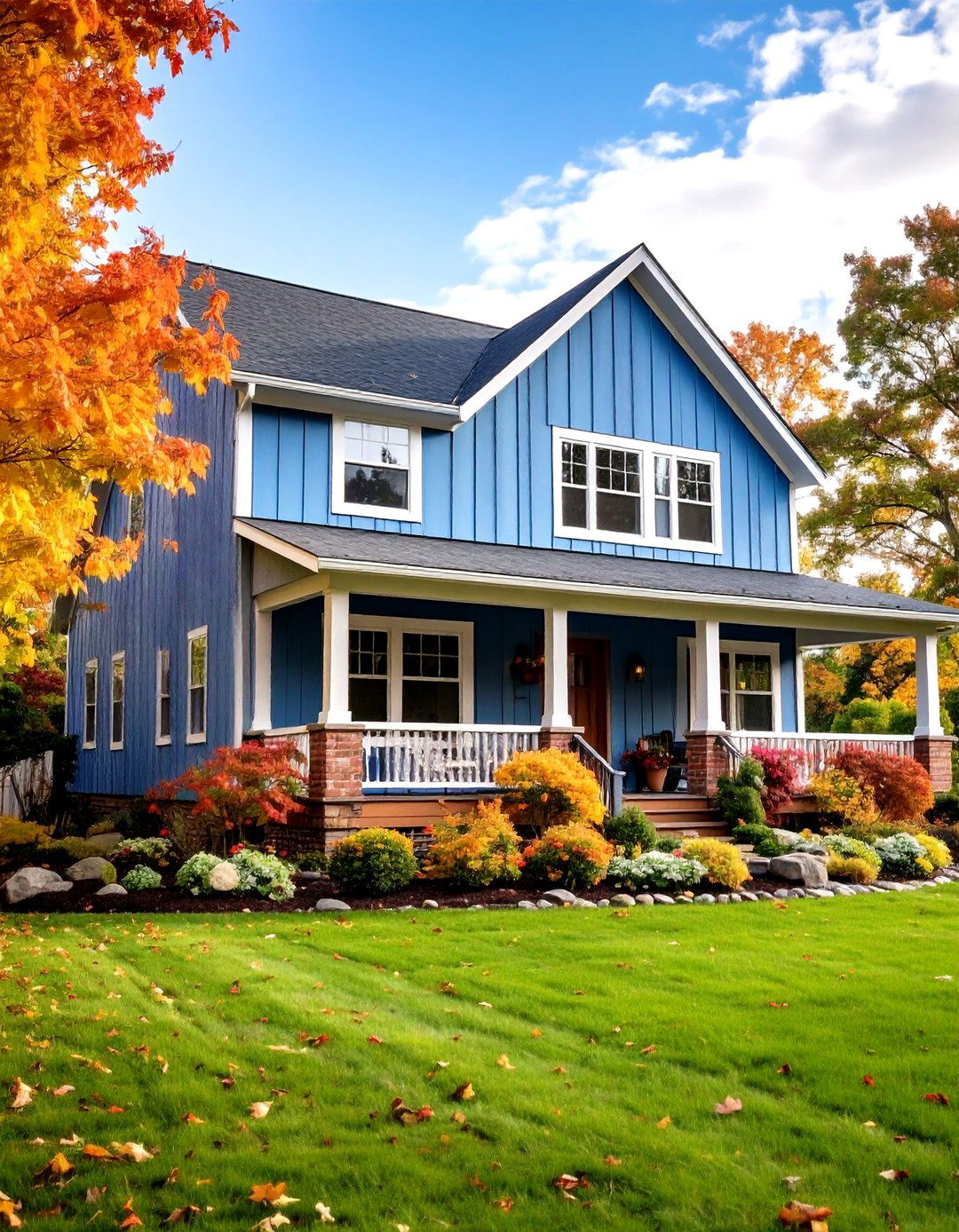
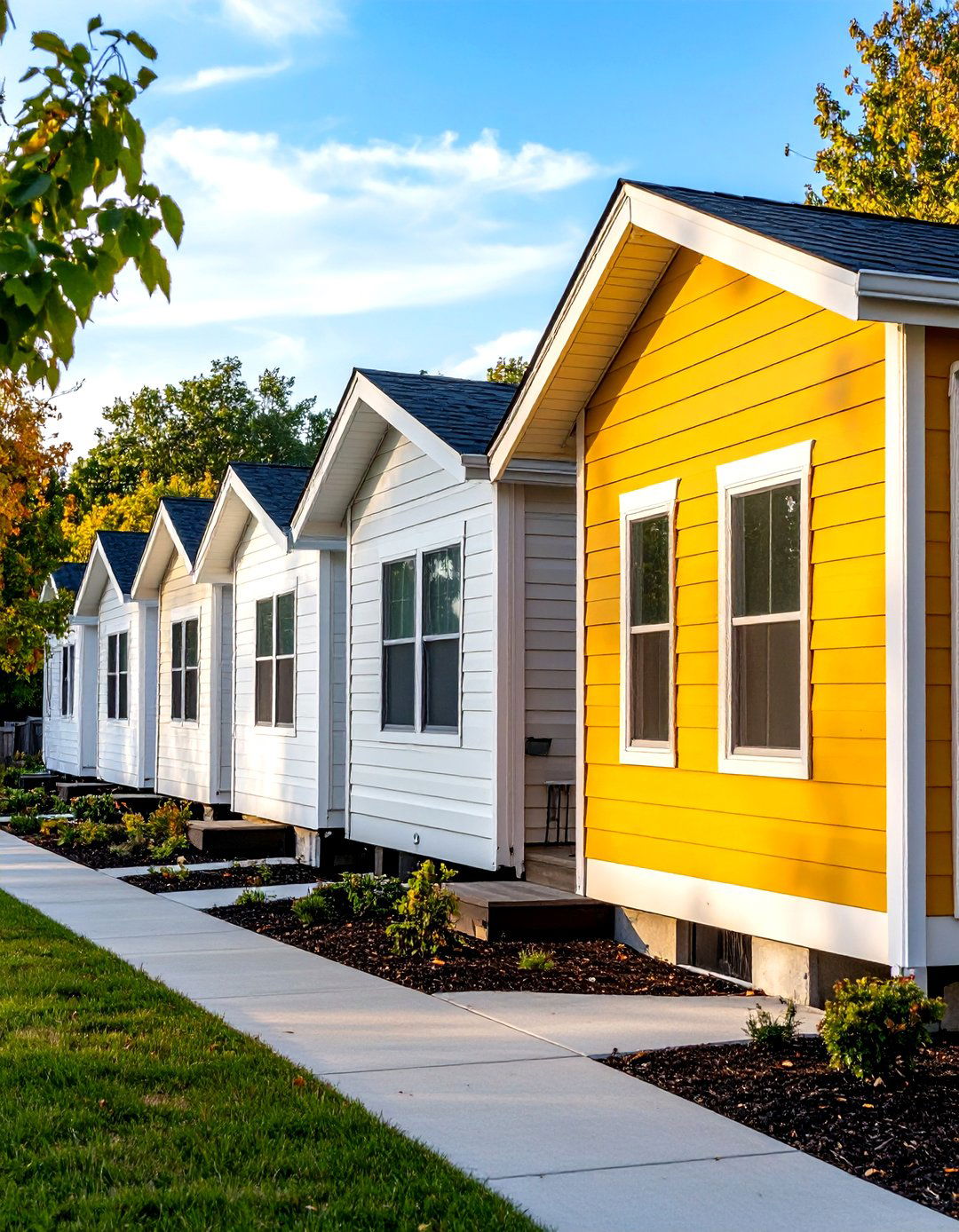
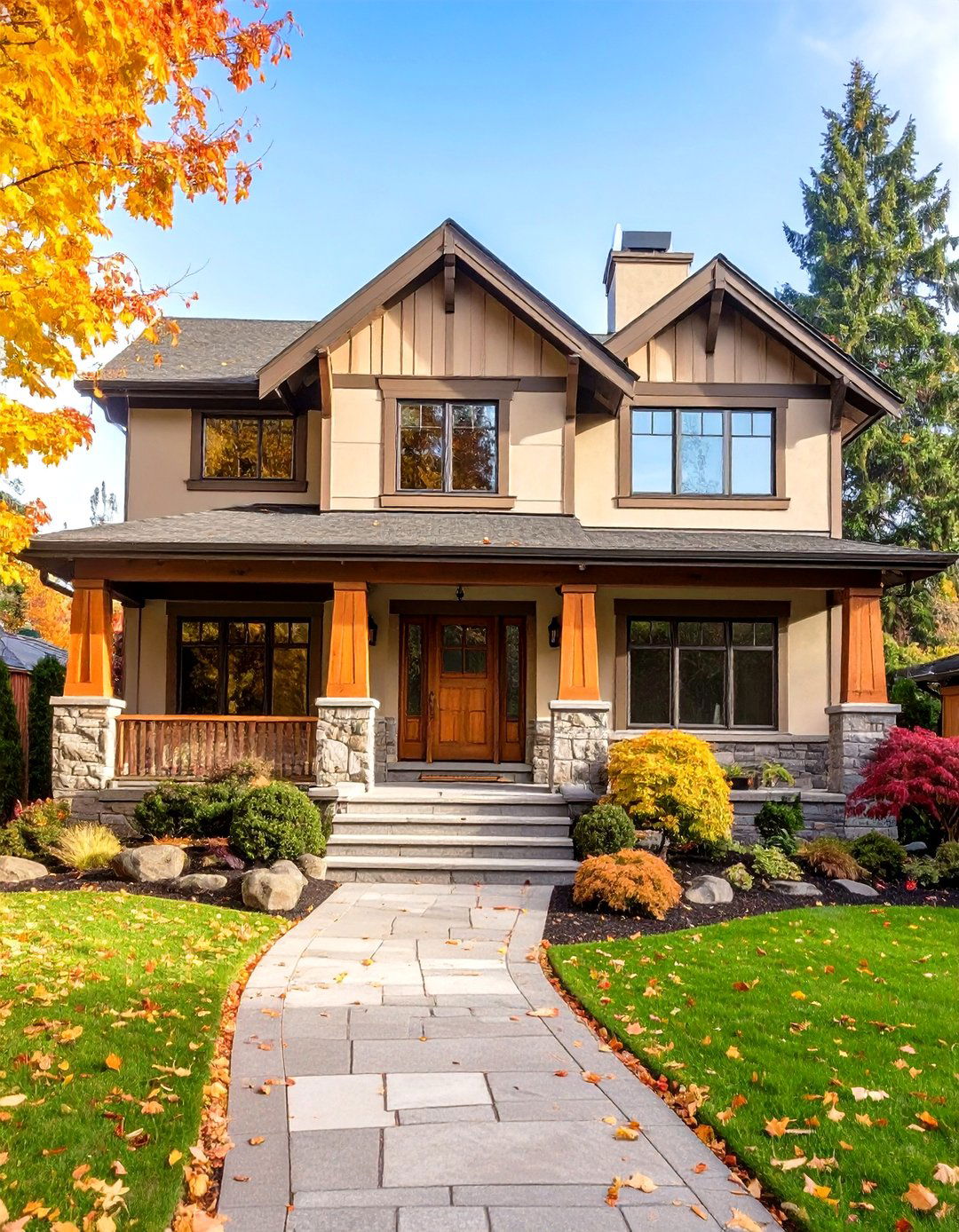
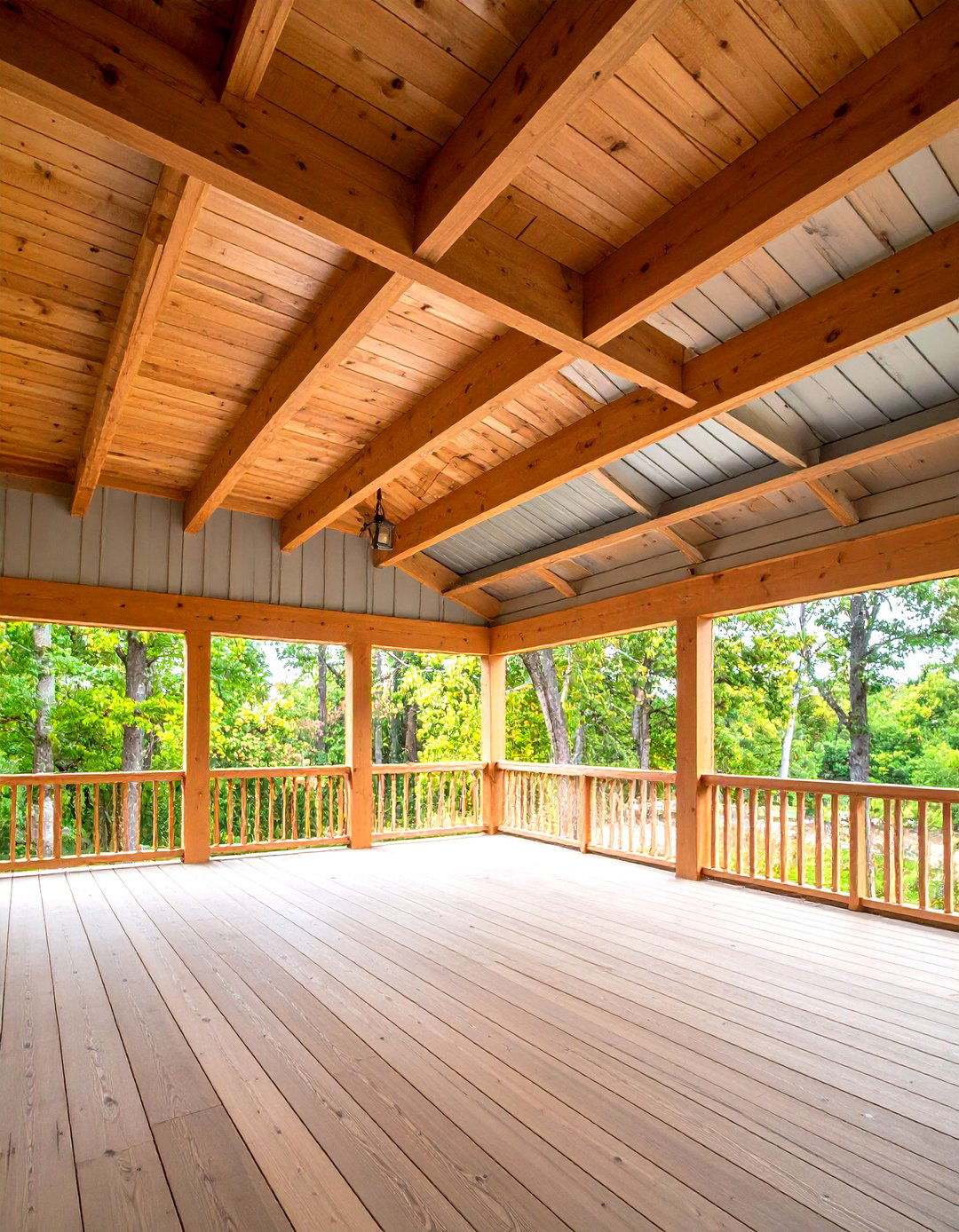
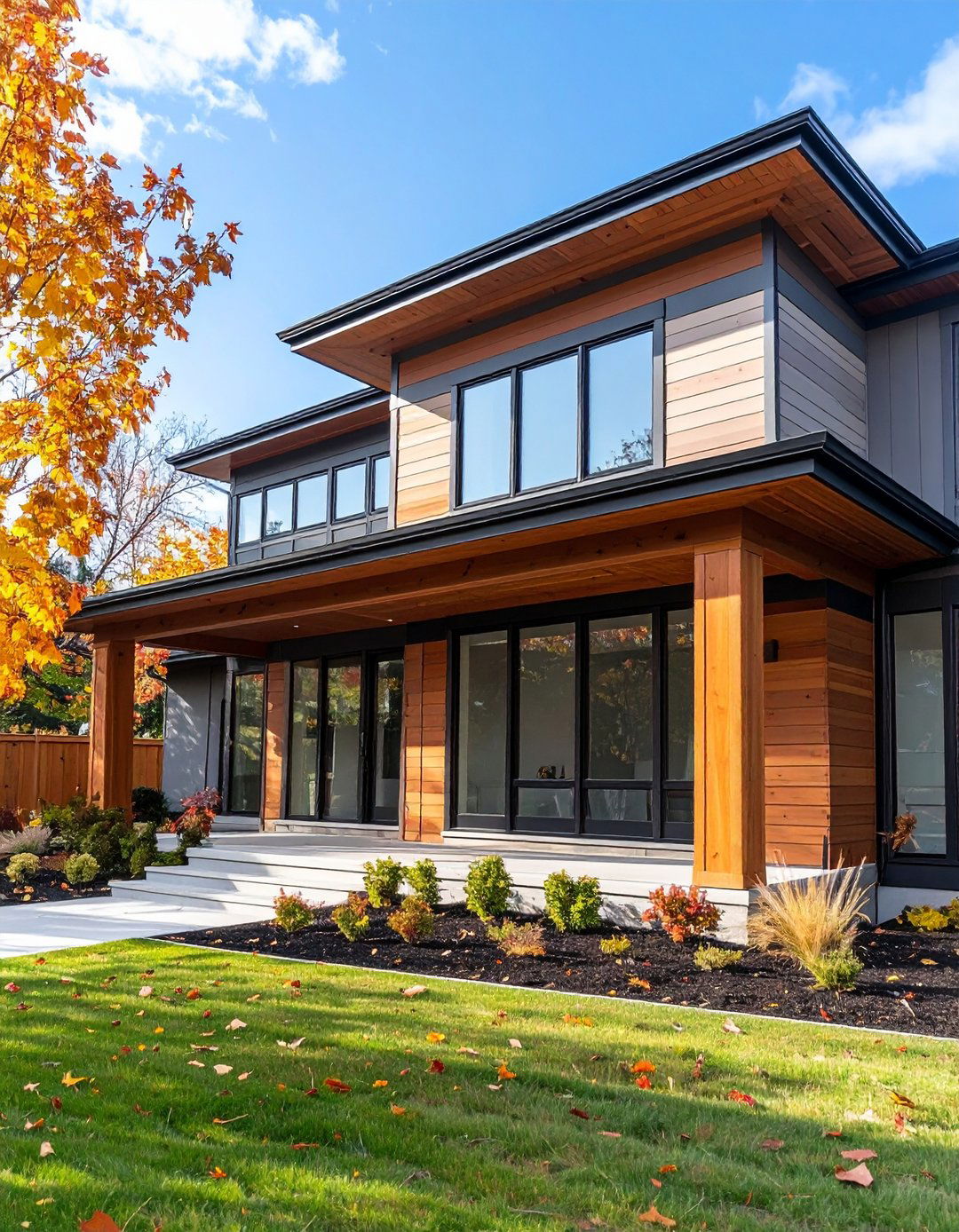
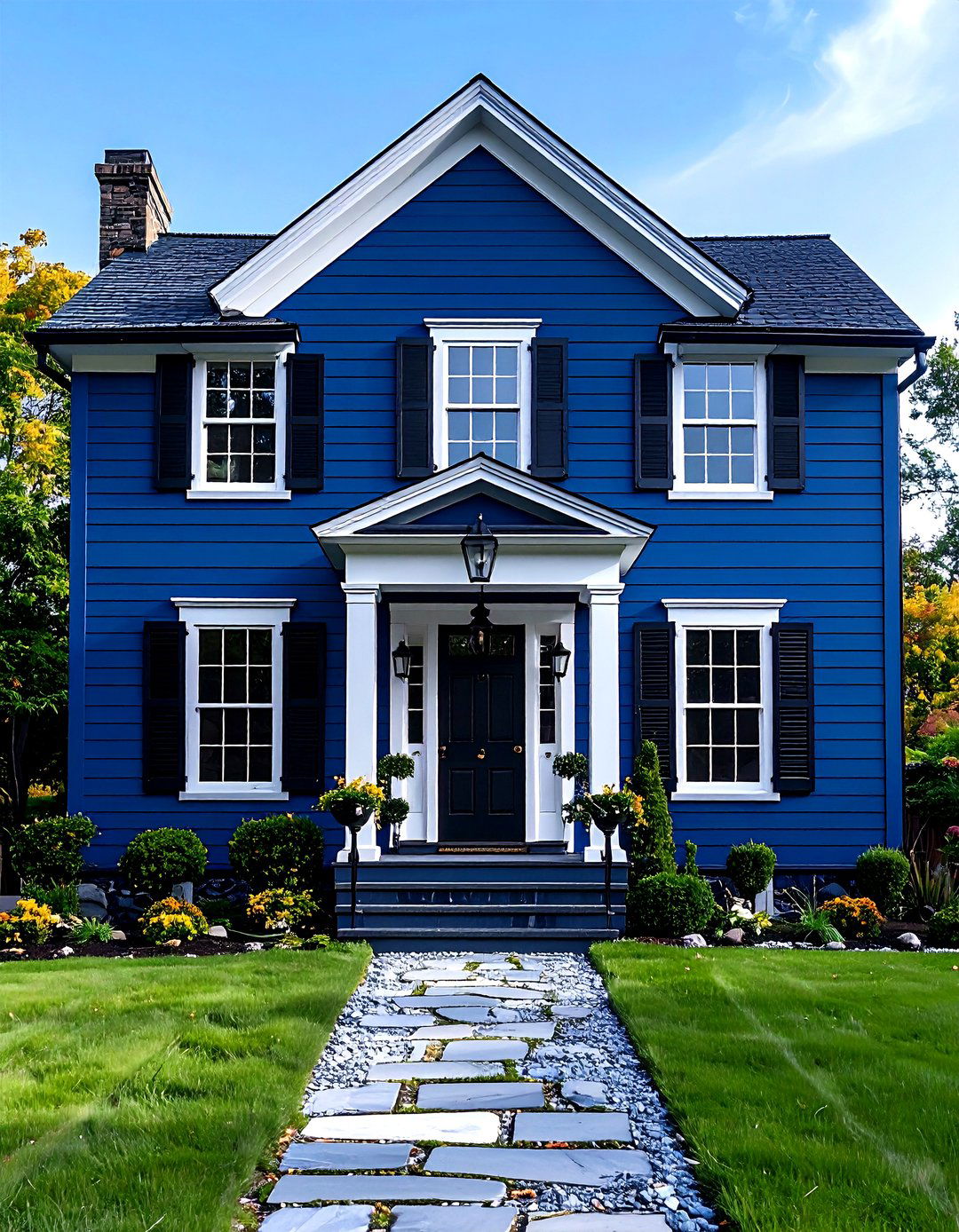
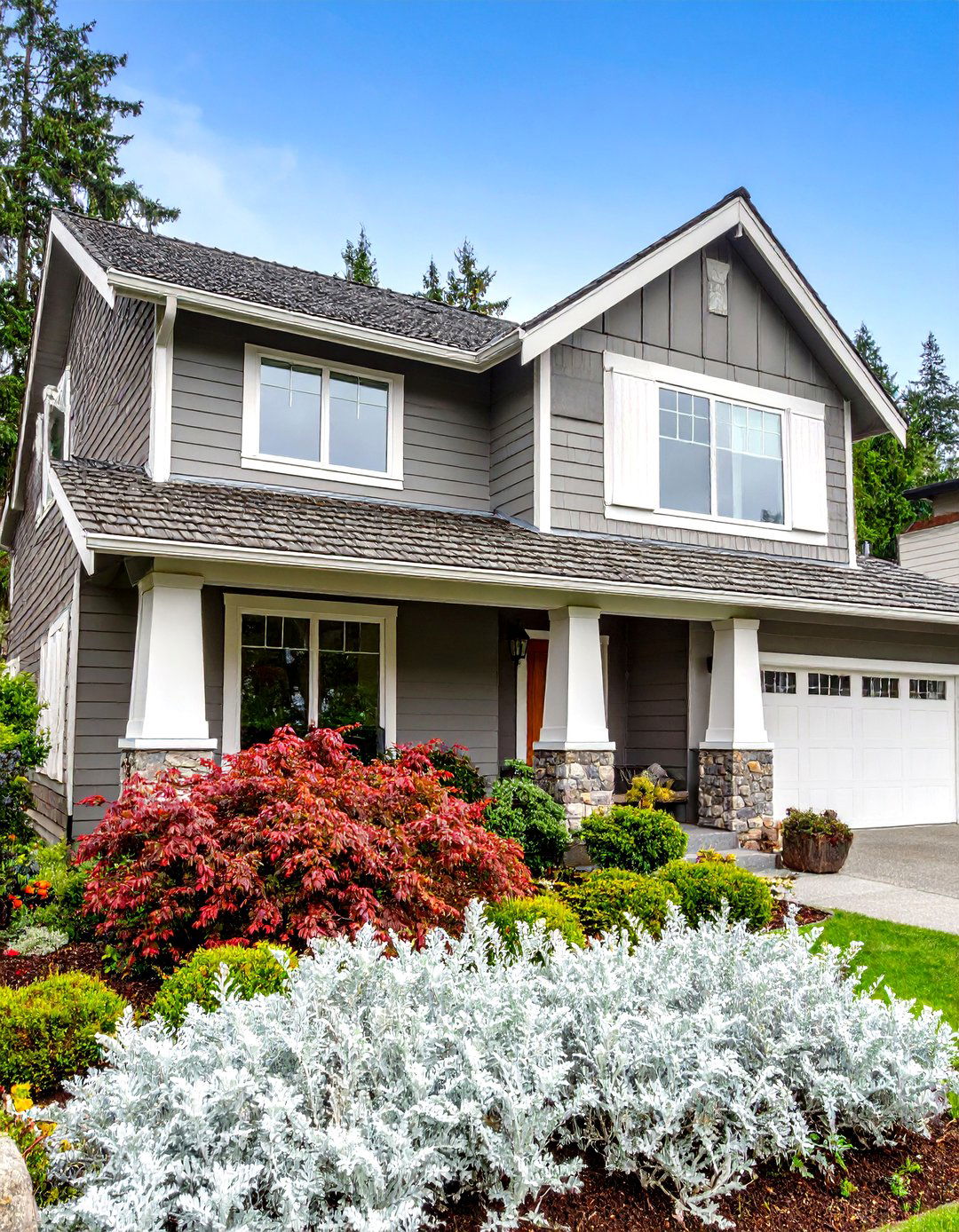
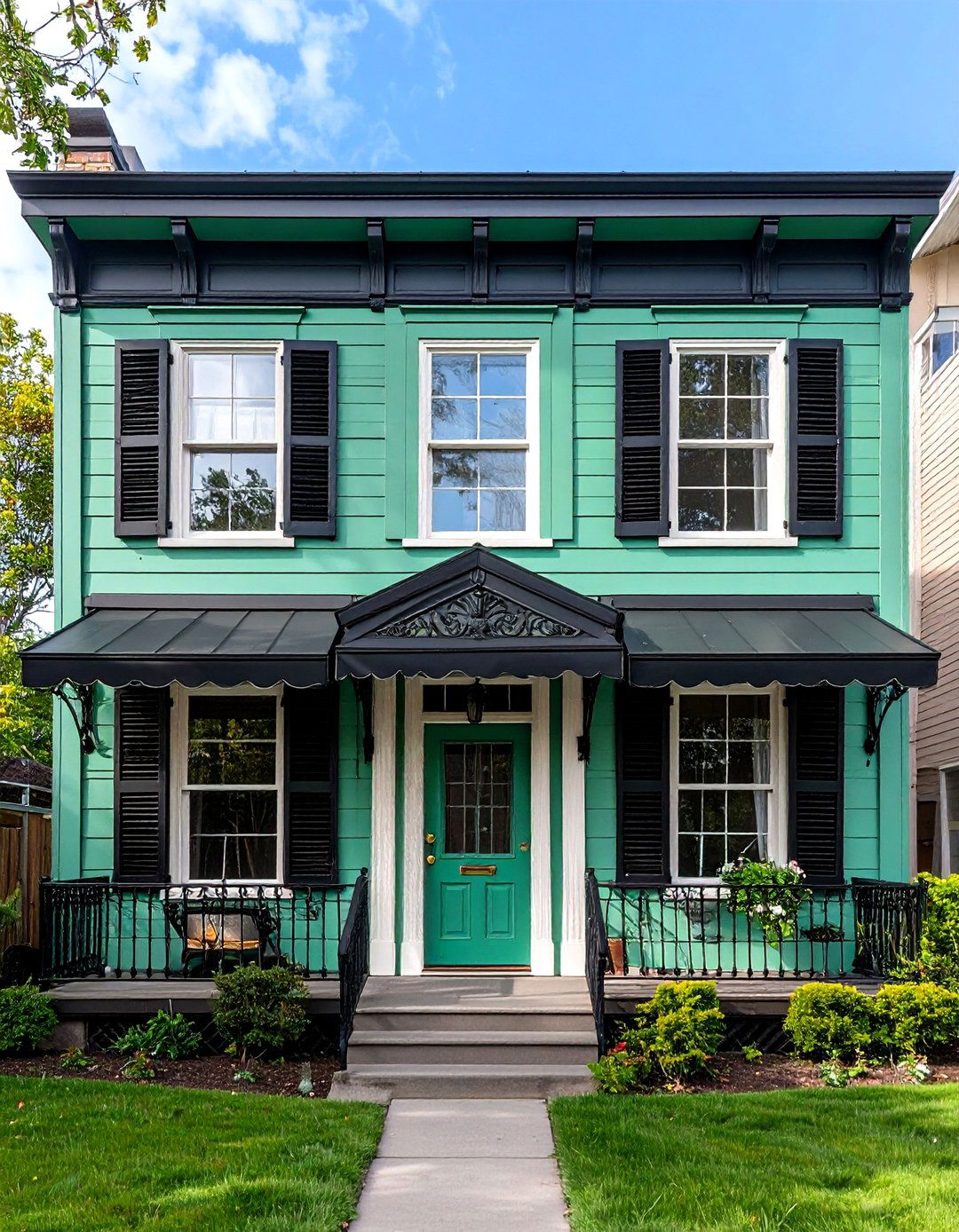

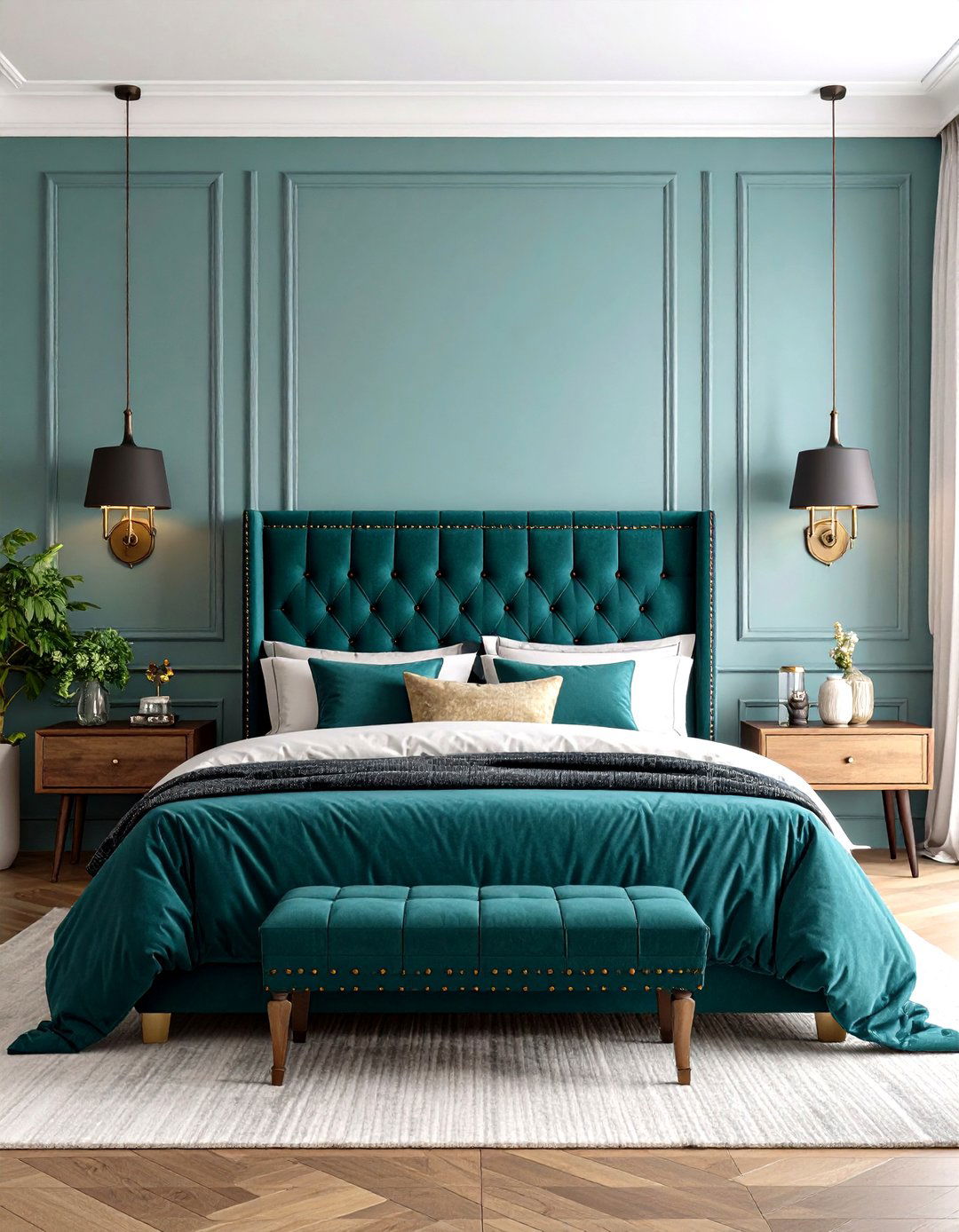


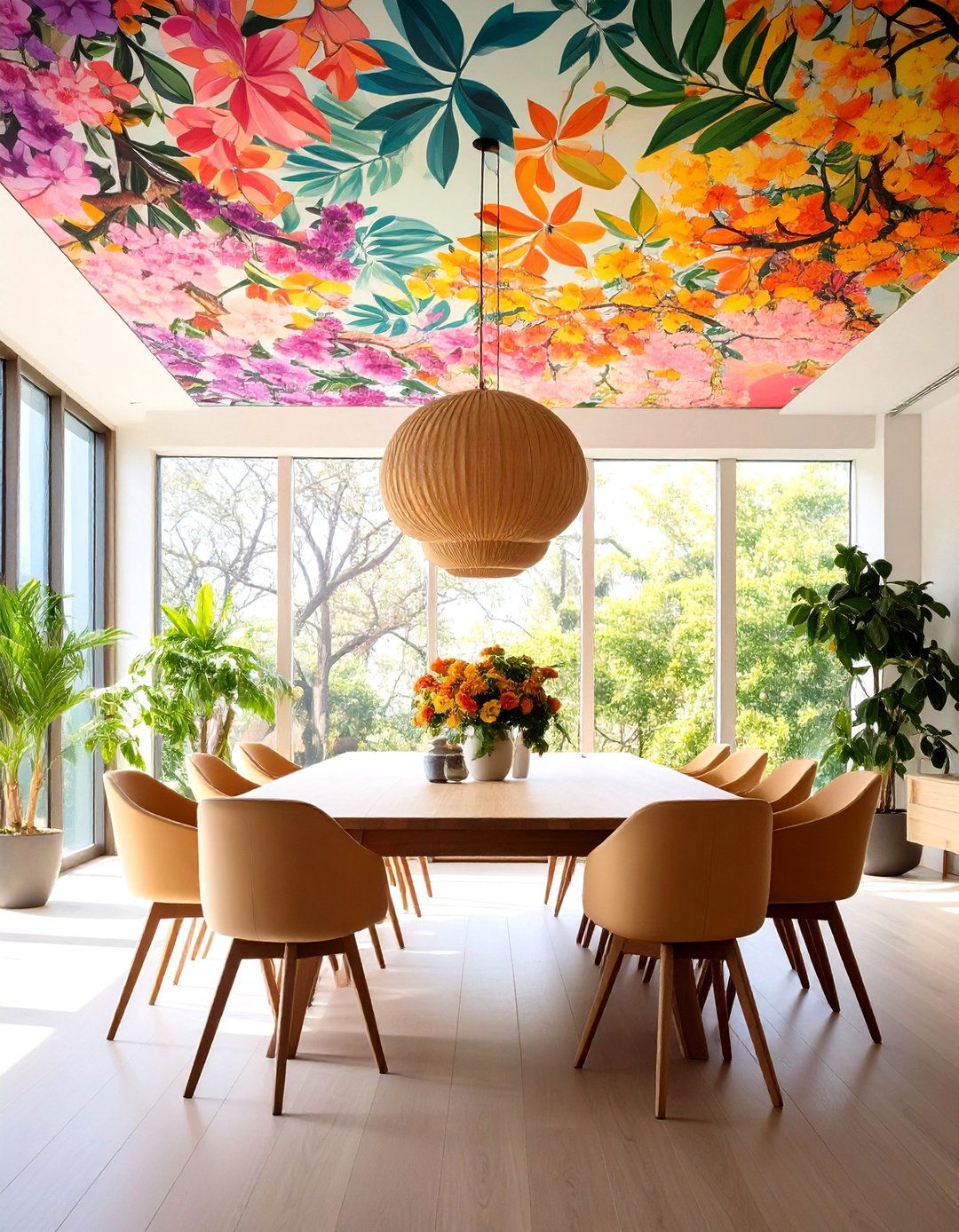
Leave a Reply